VERY RARE! WWII 1944 "Battle of Metz" 95th Infantry Division Specially Produced Combat Marked Assault Map (Double-Sided)
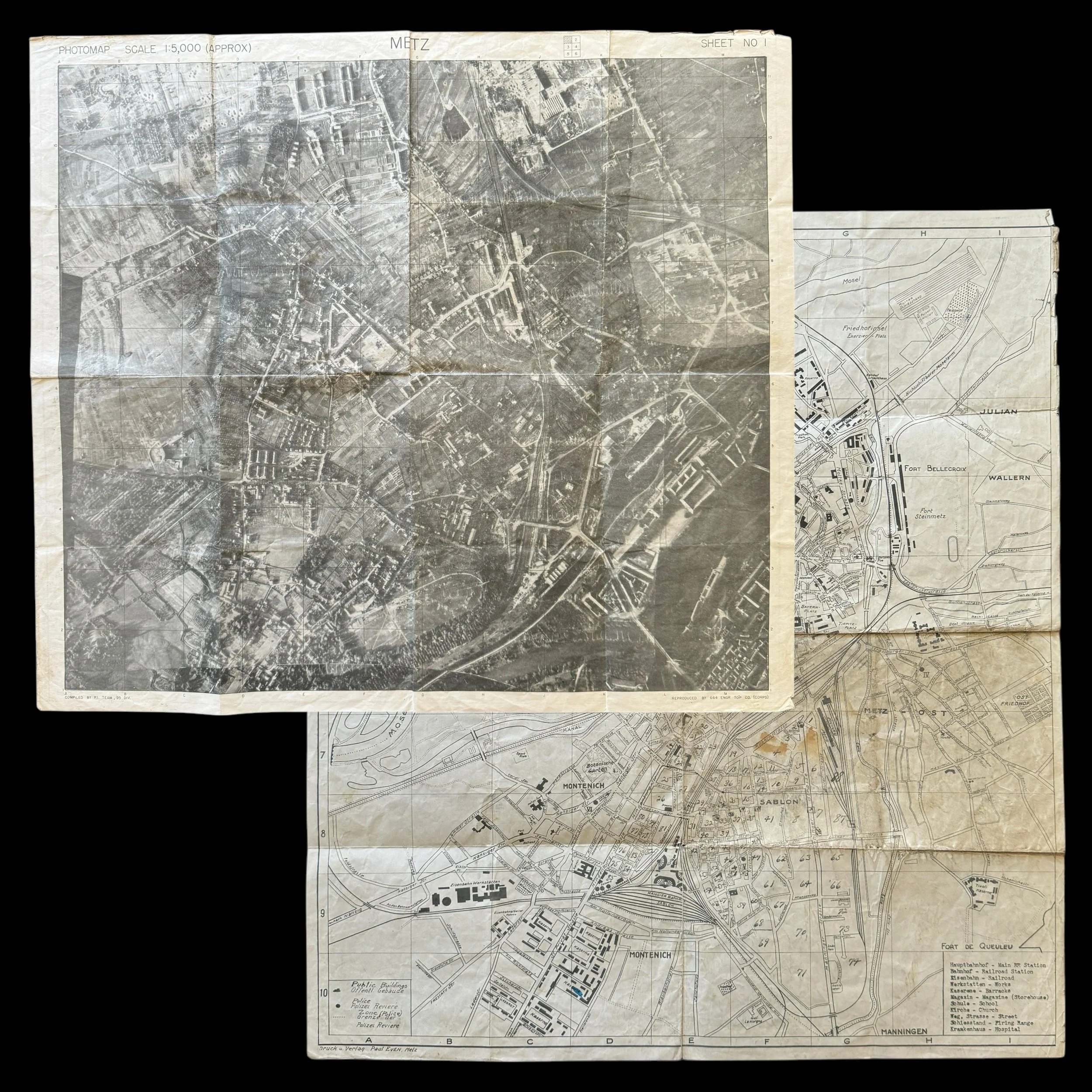

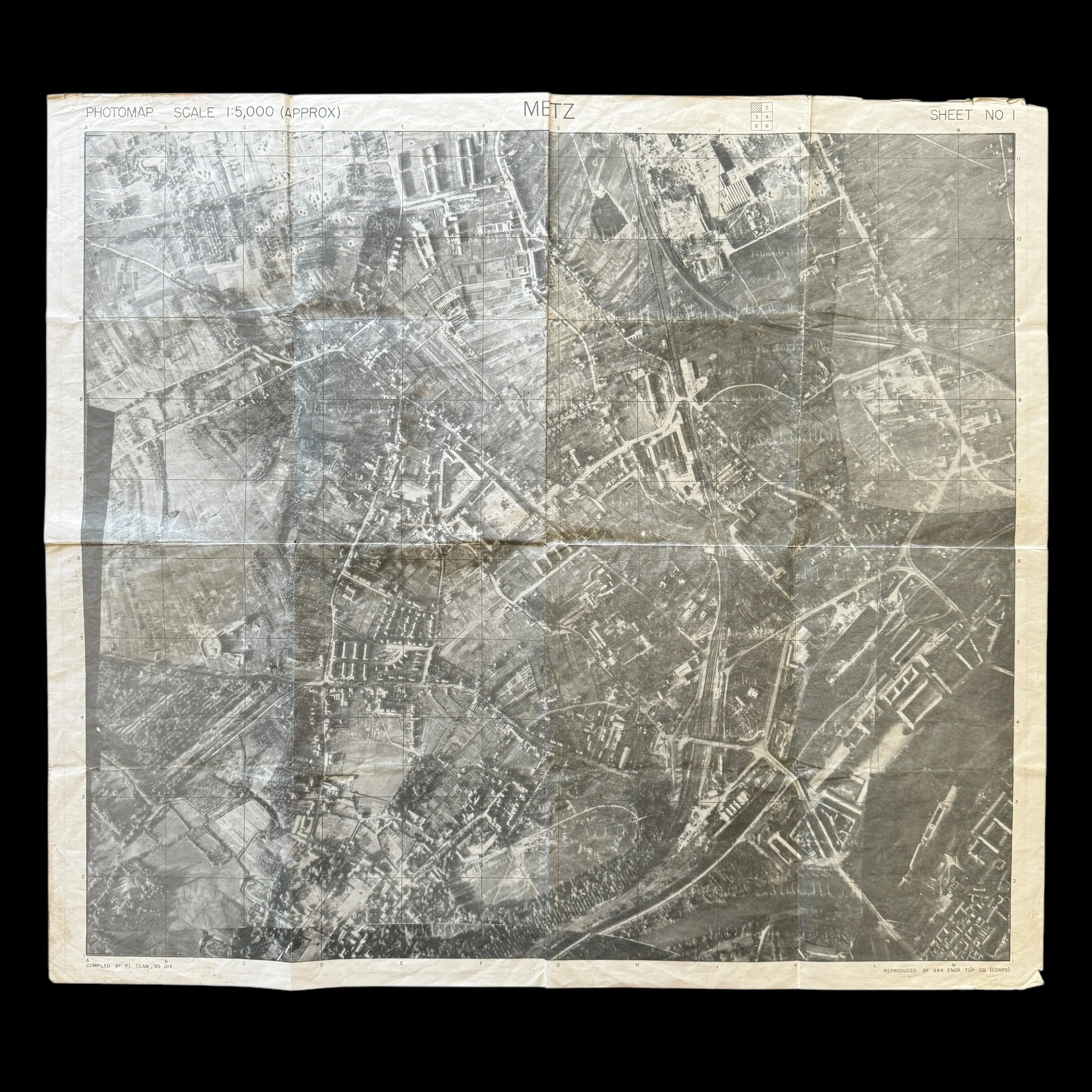
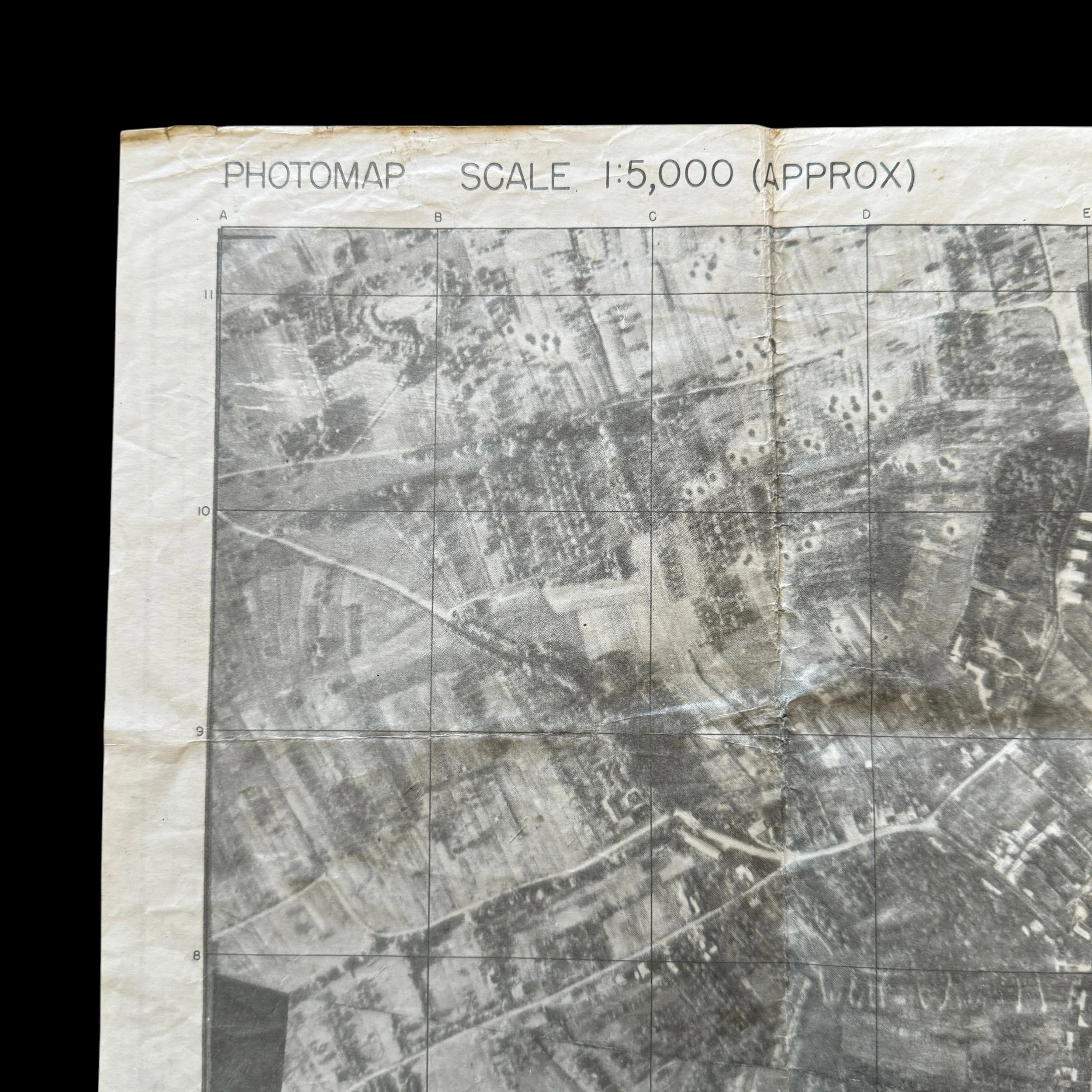
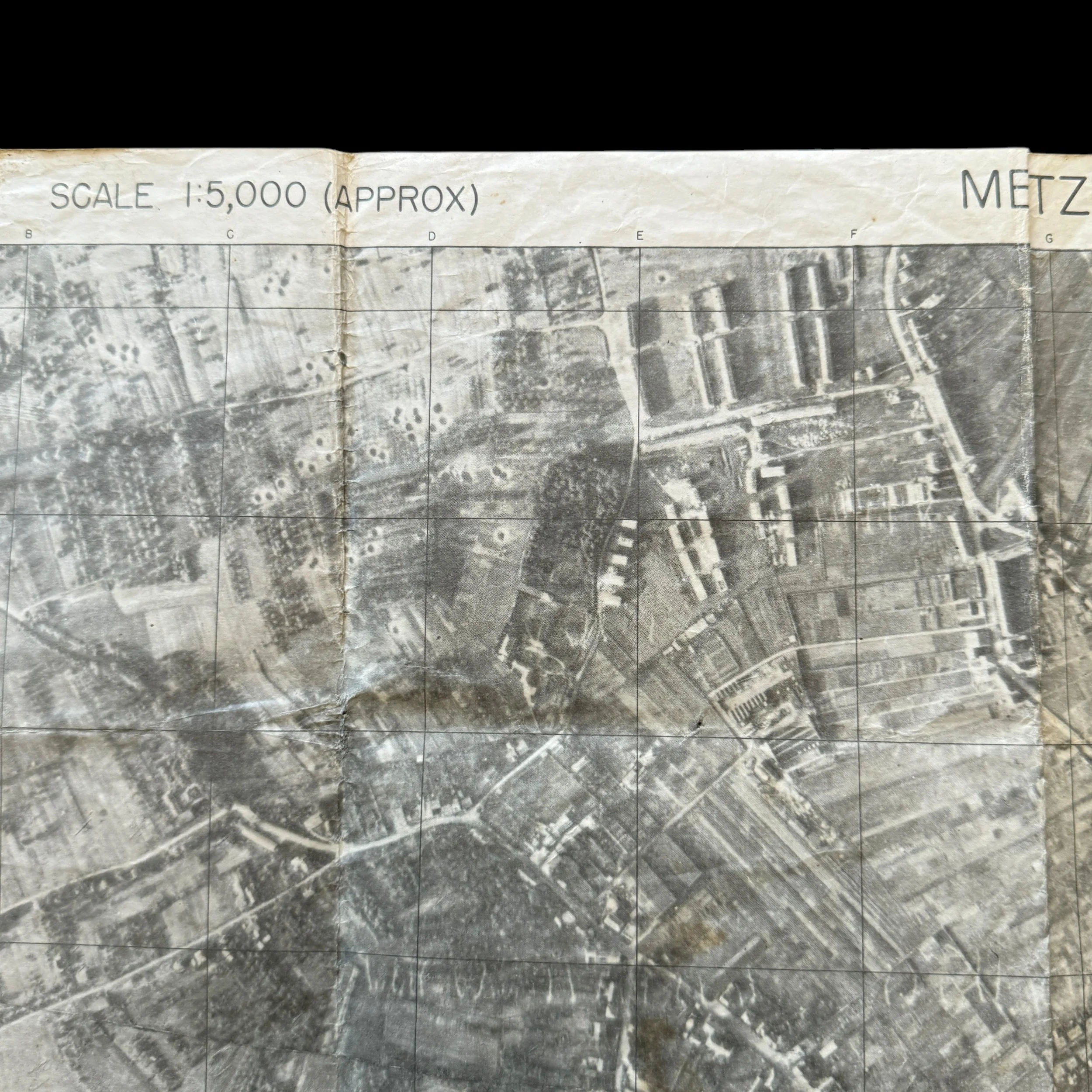
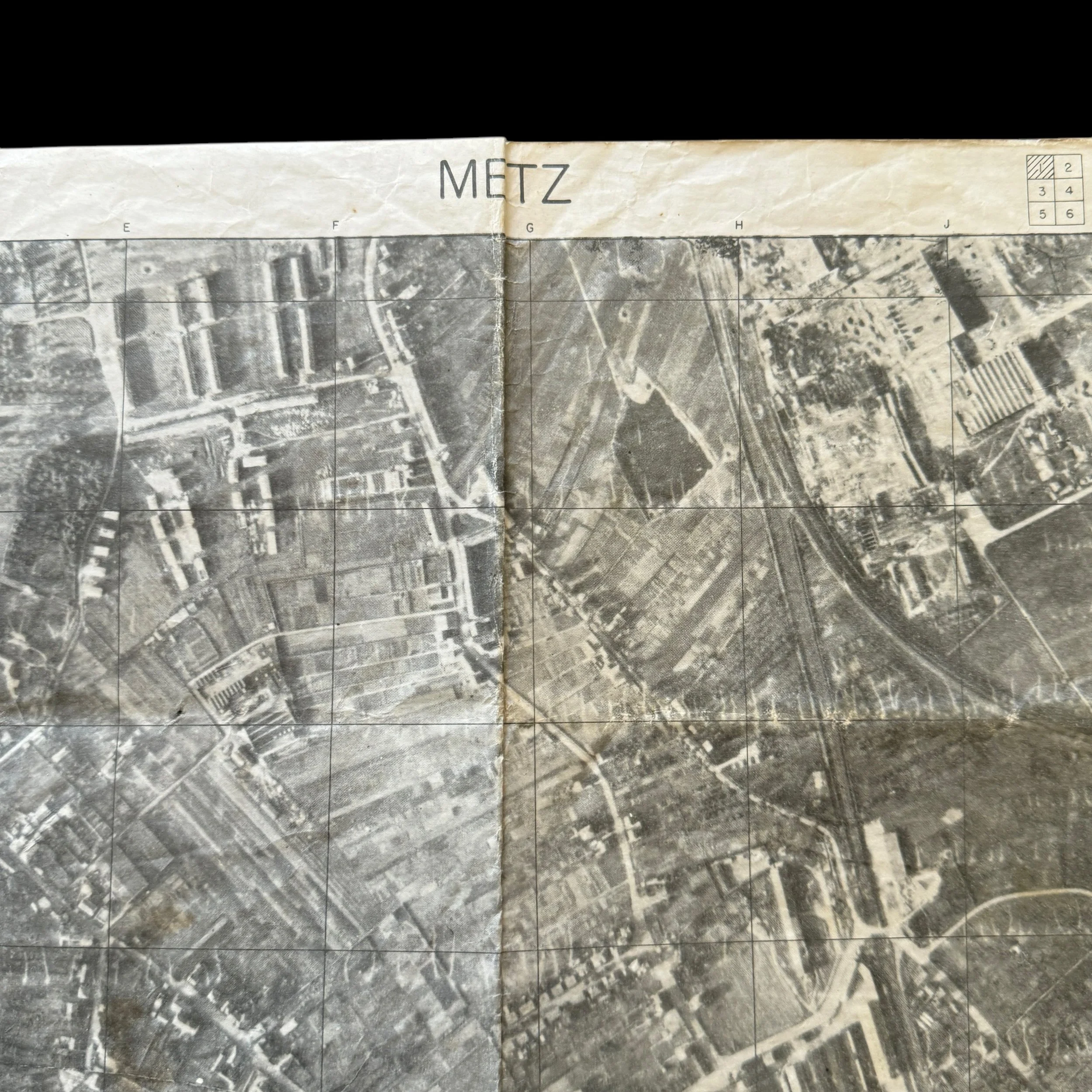
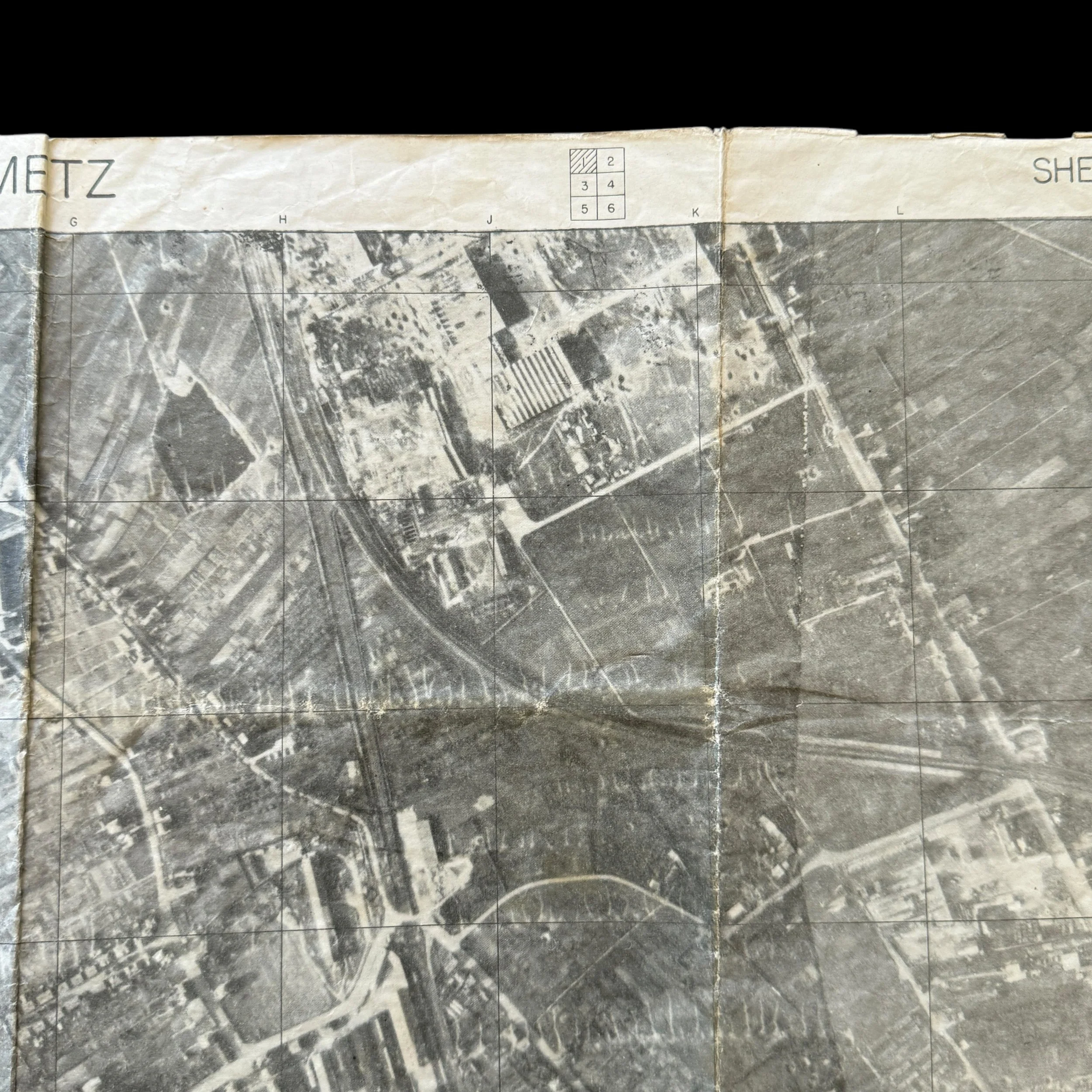
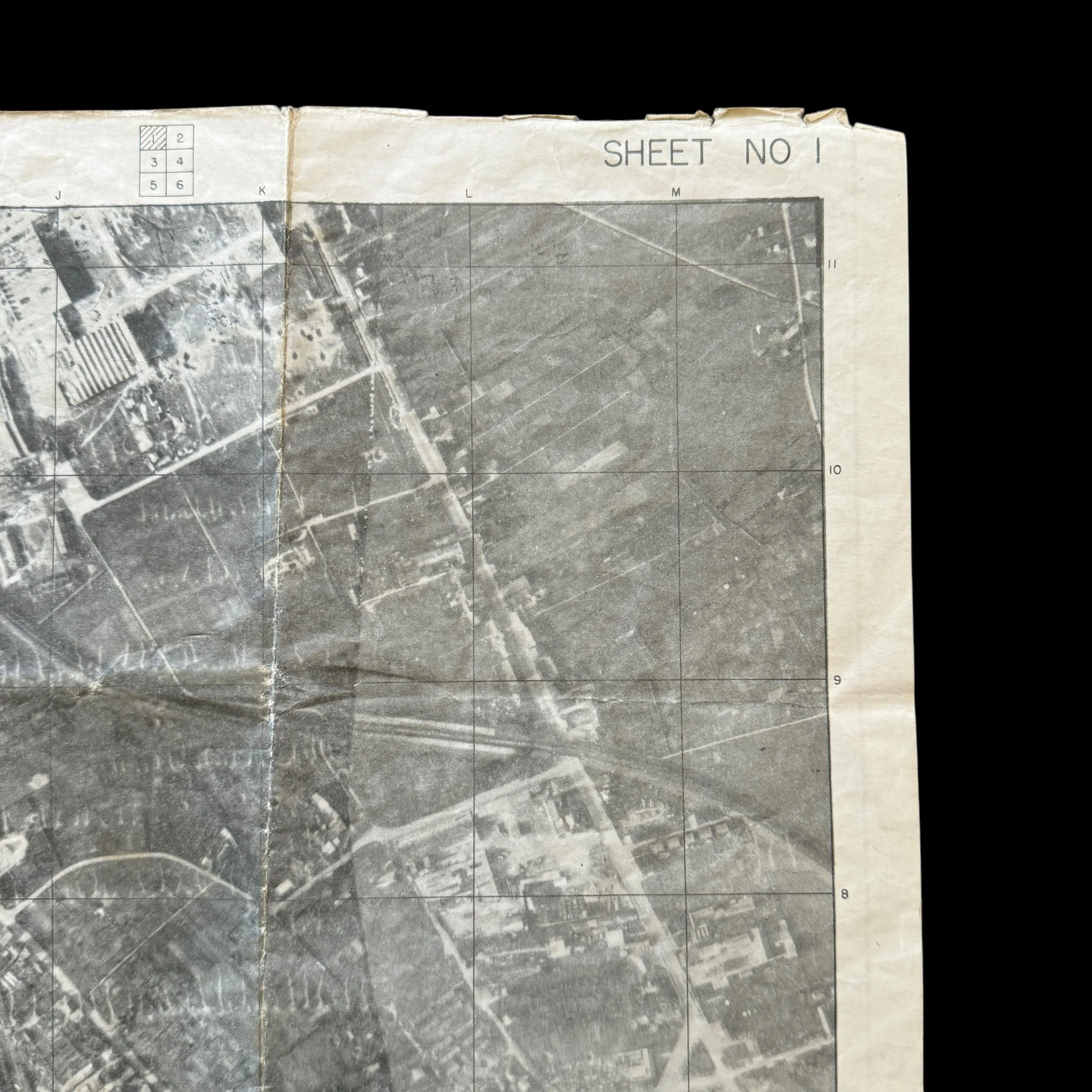
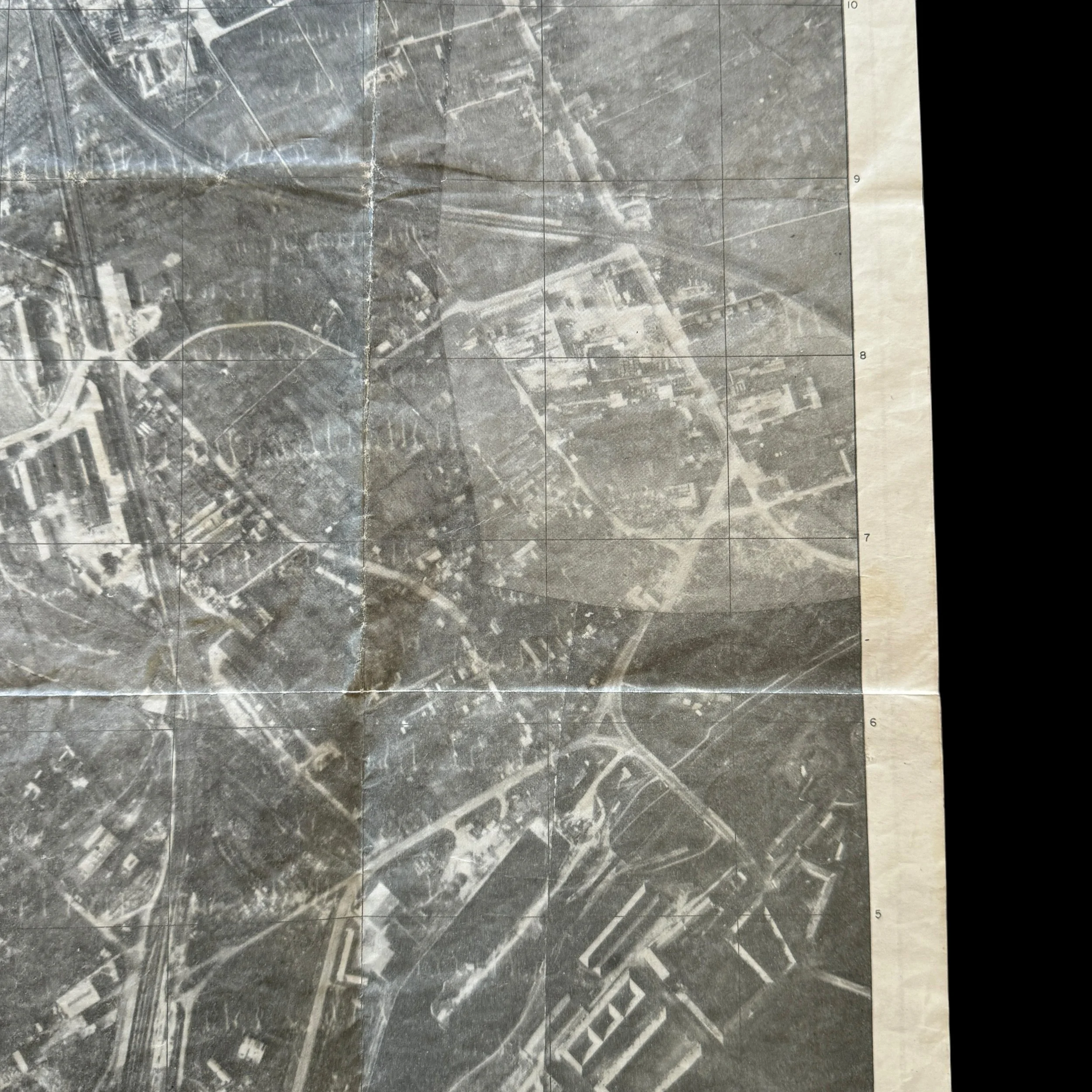
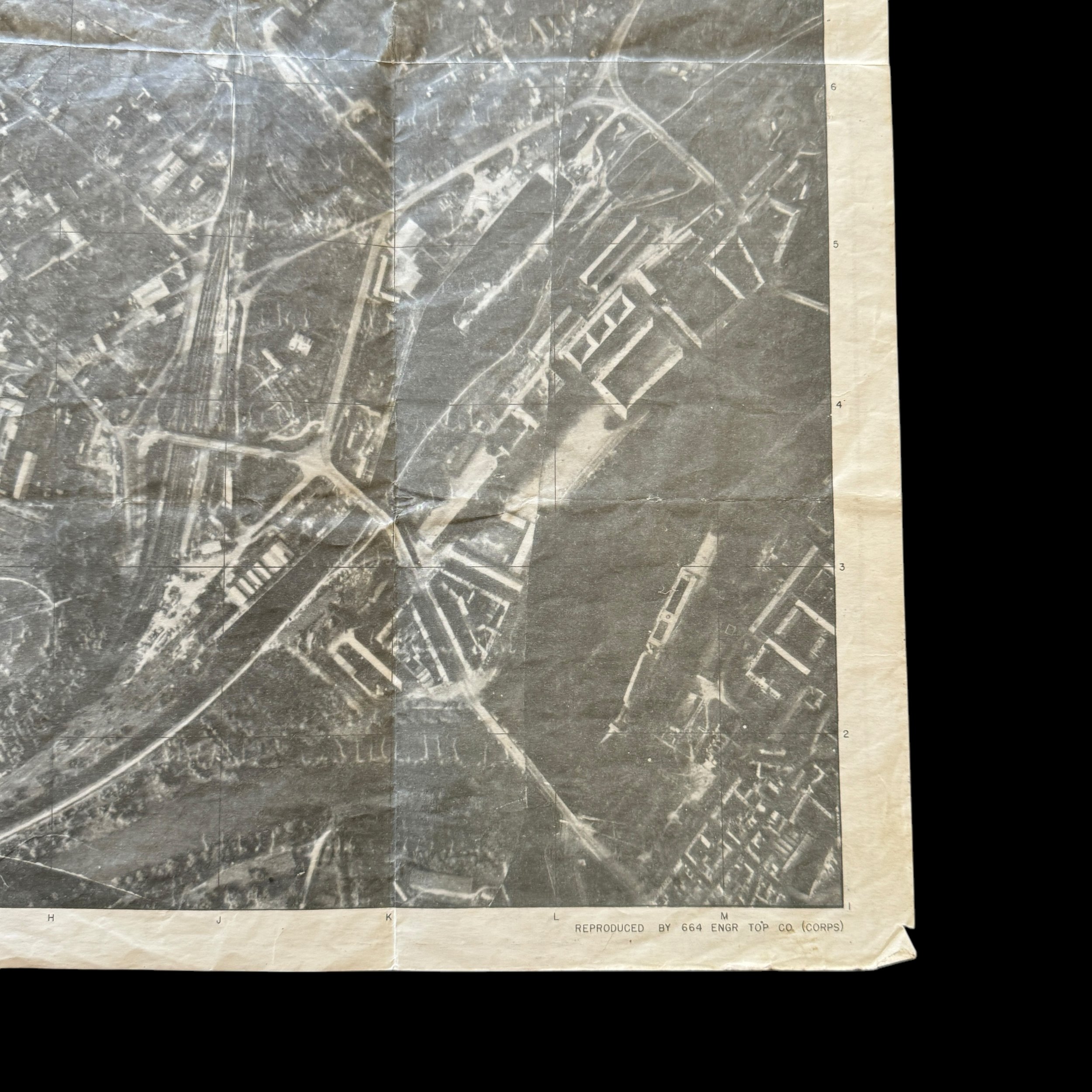

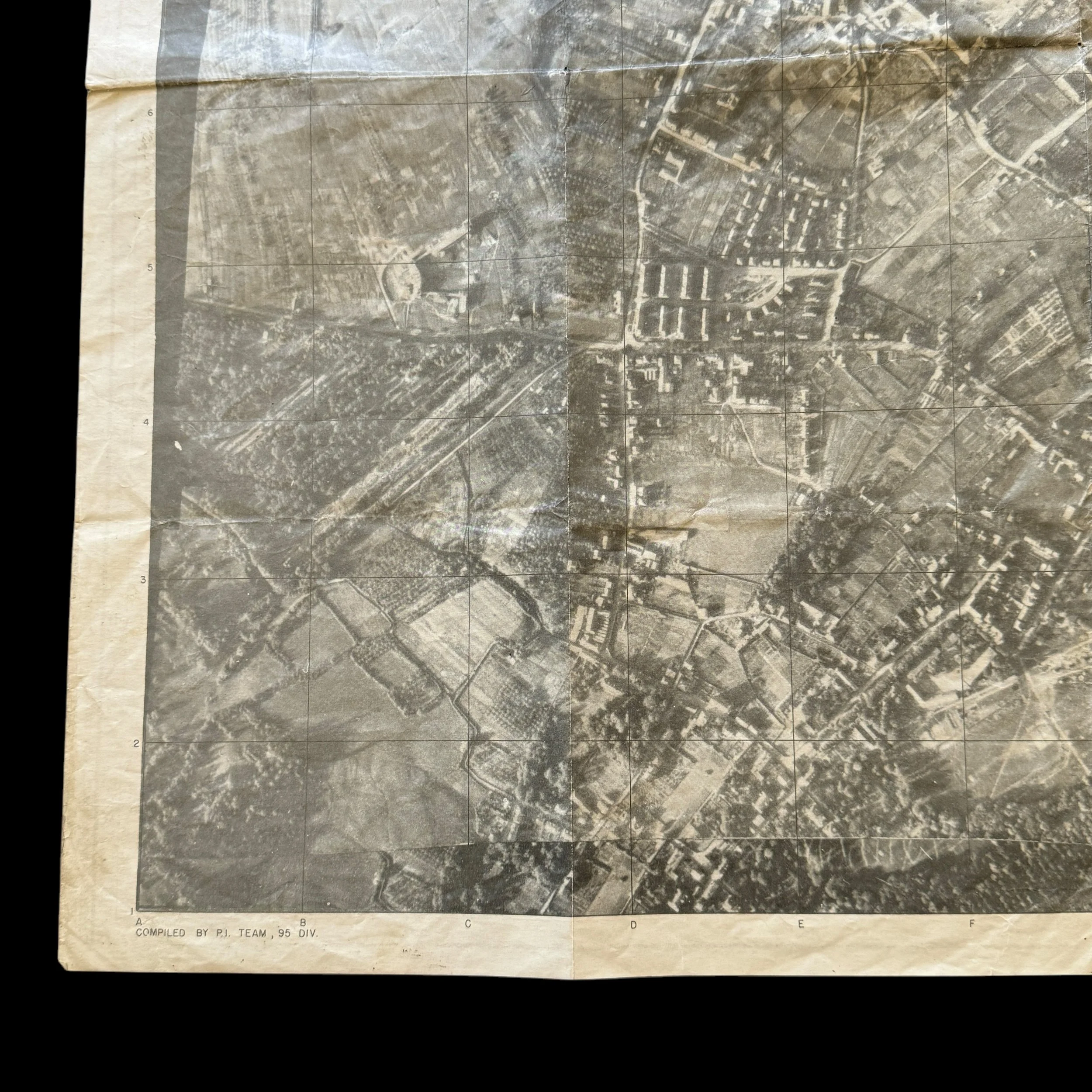
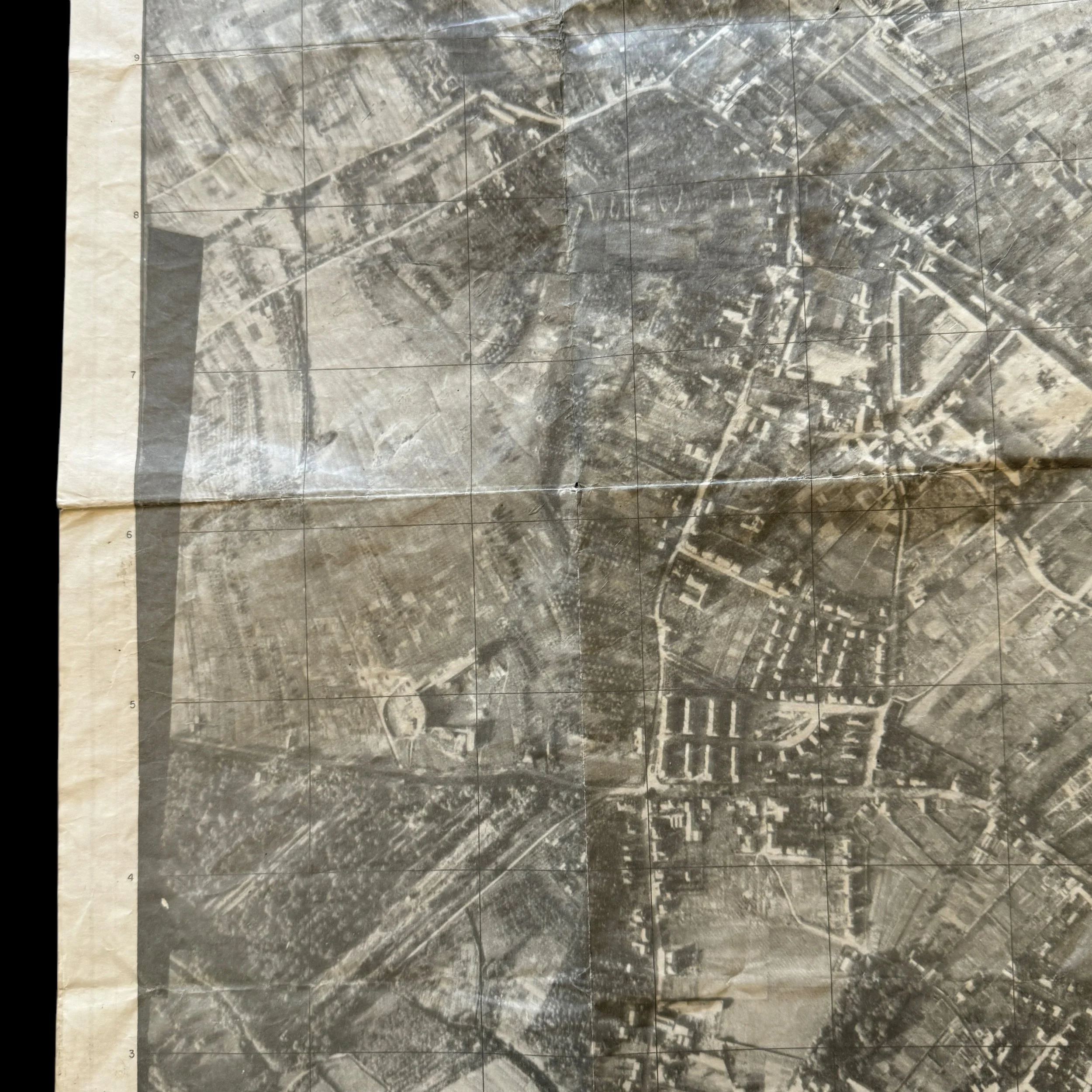
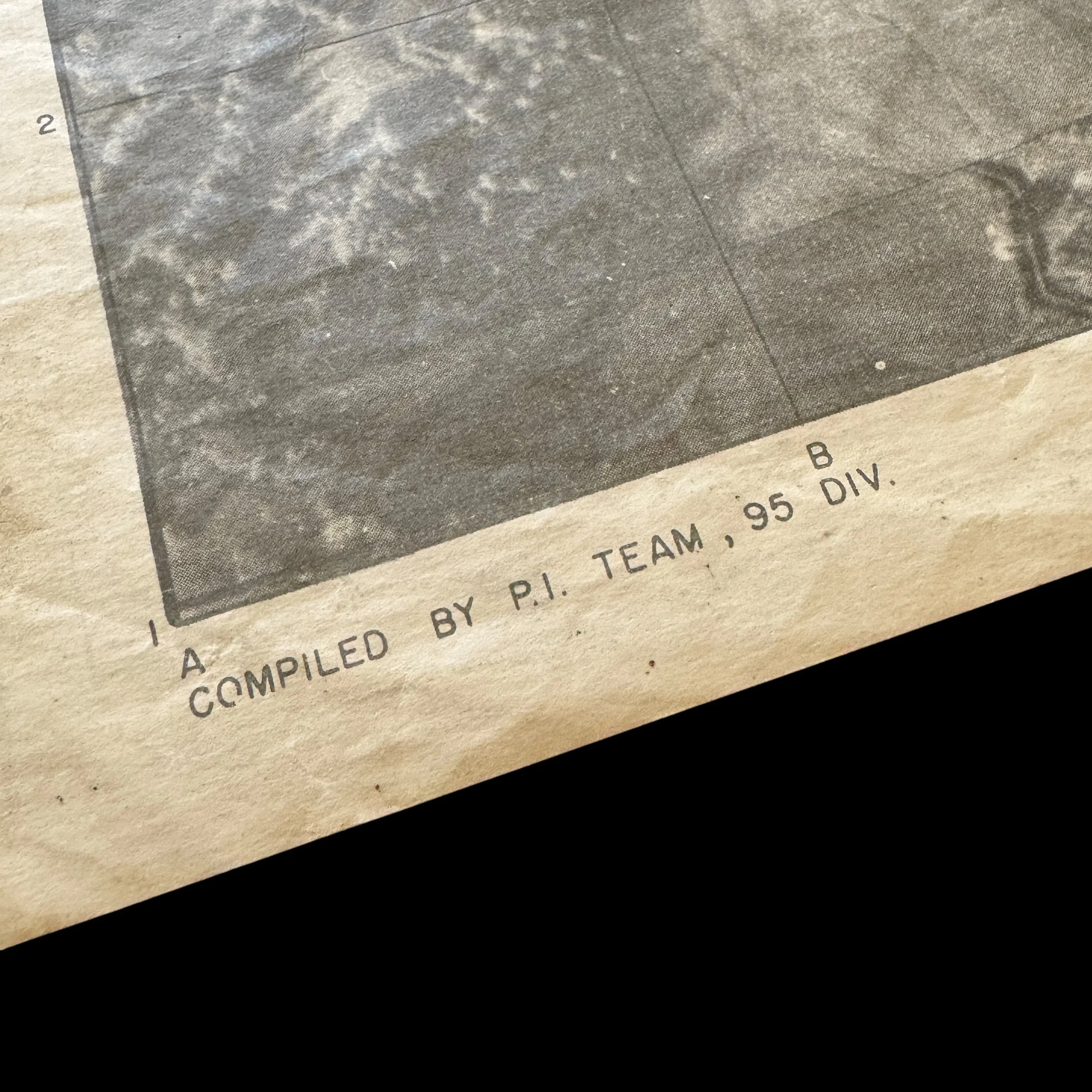
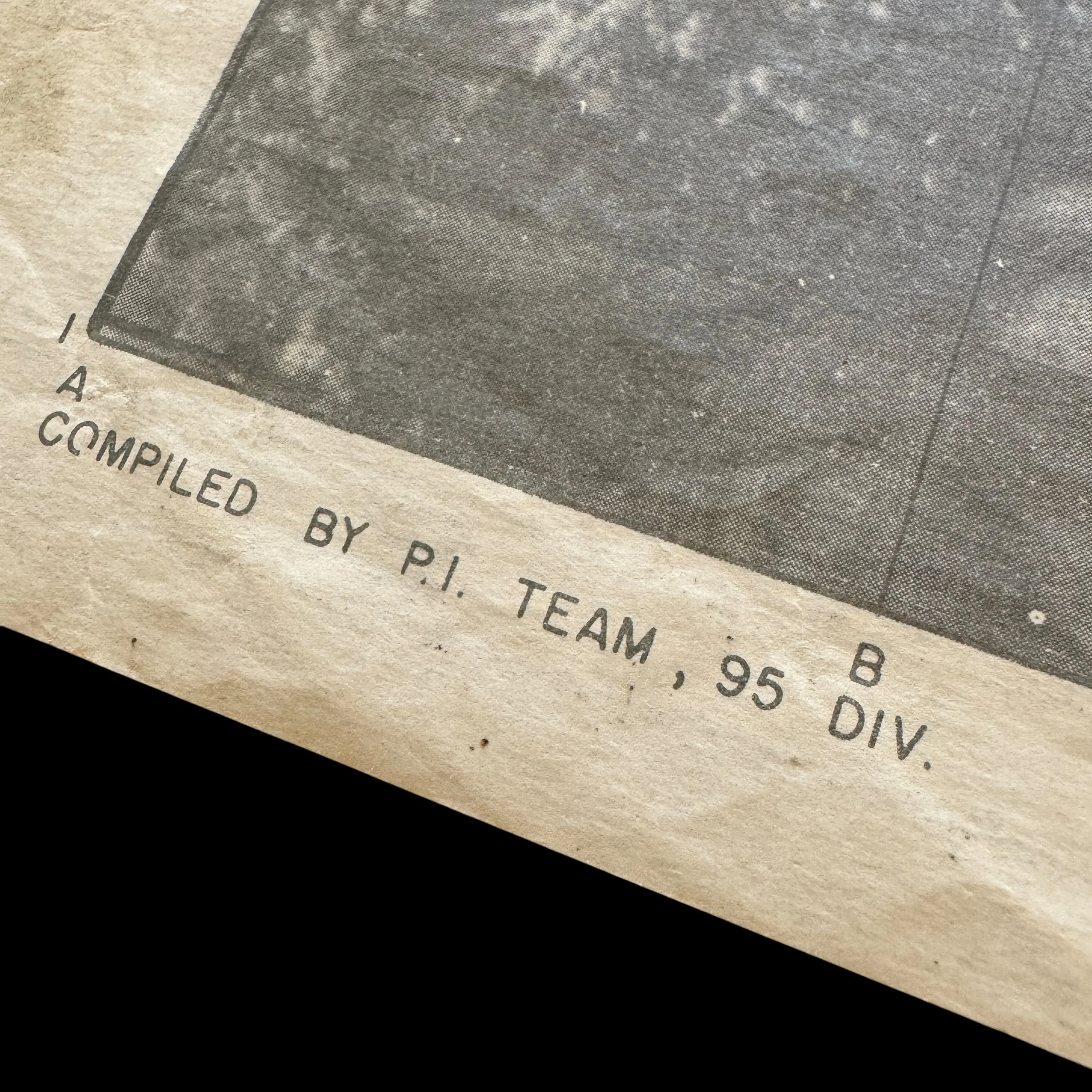
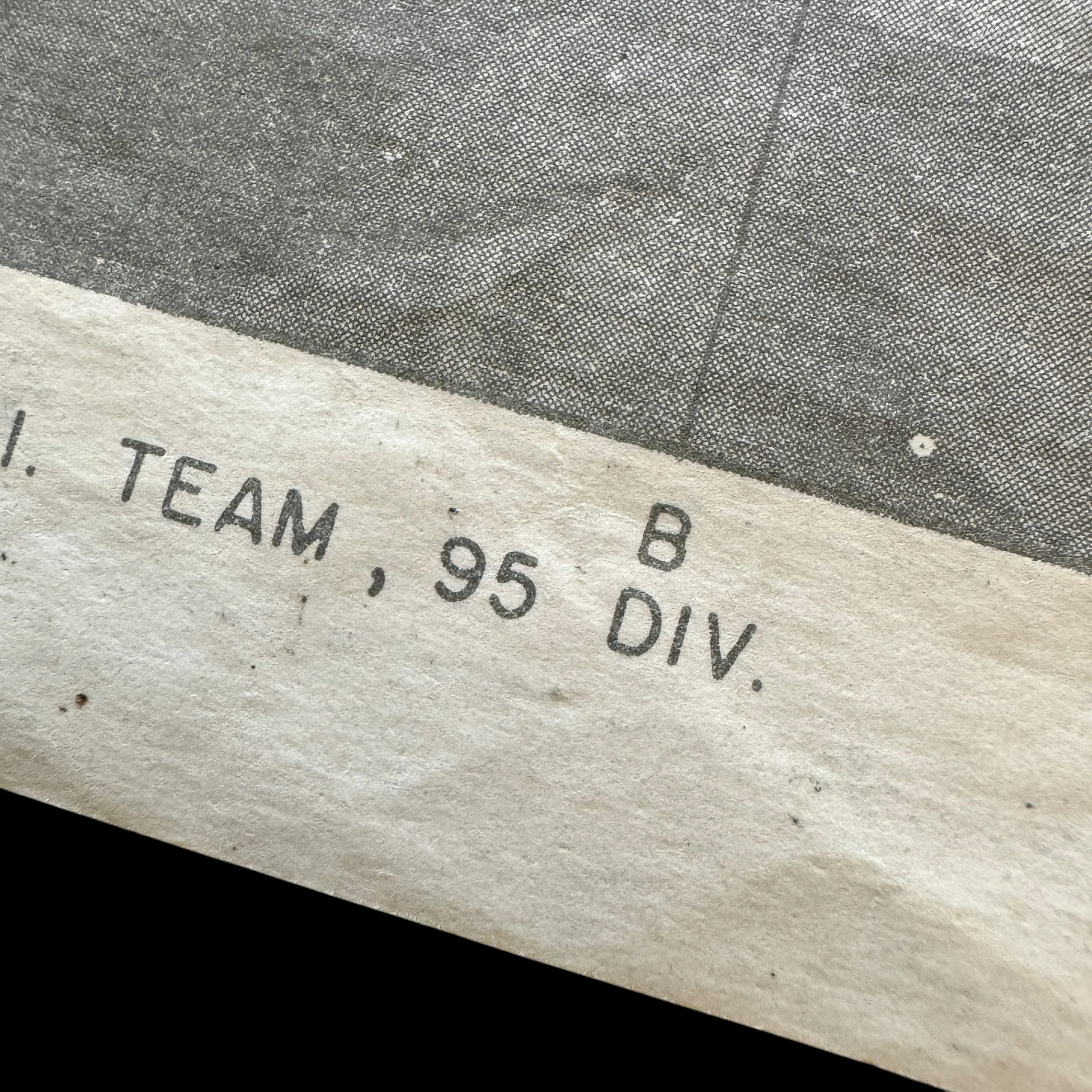
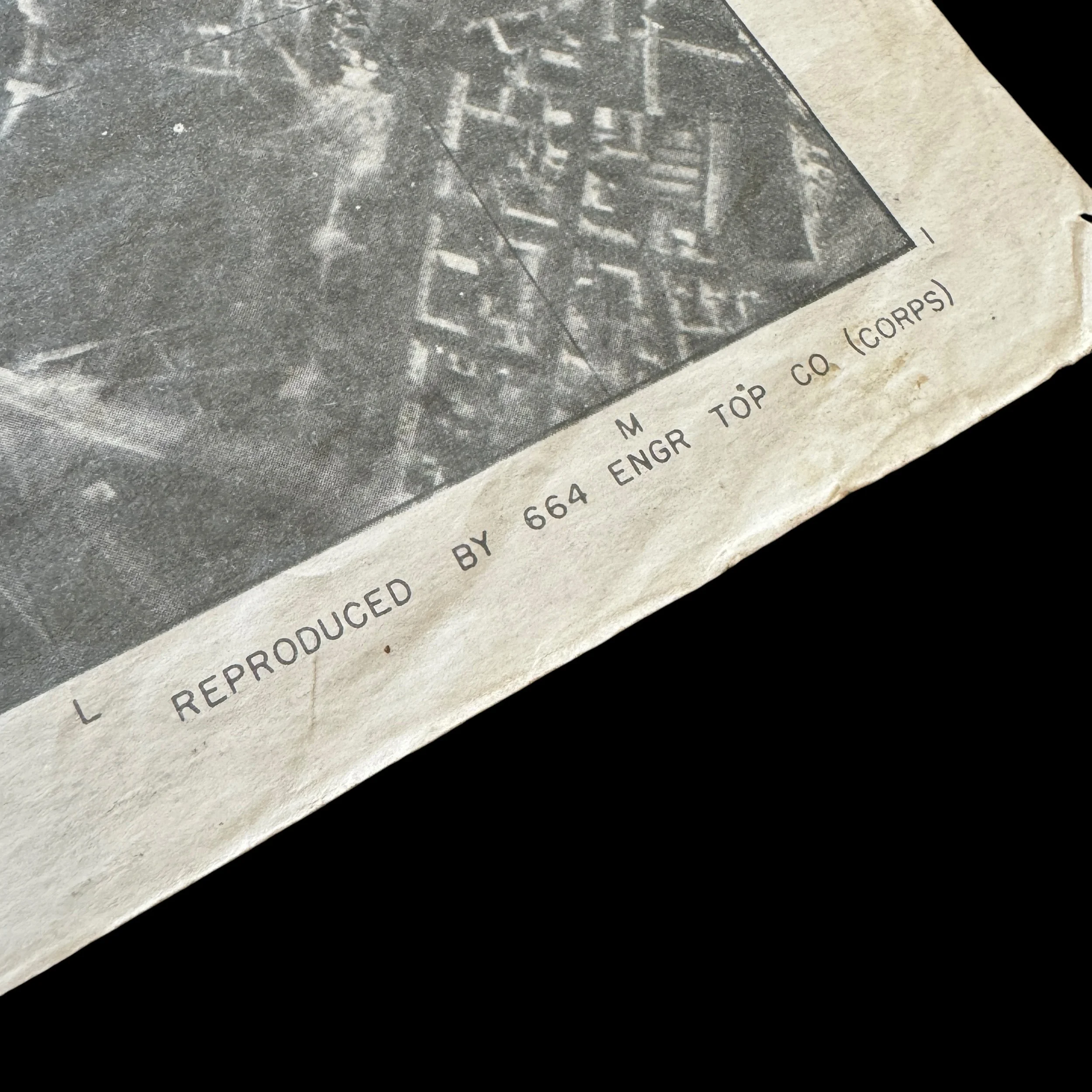
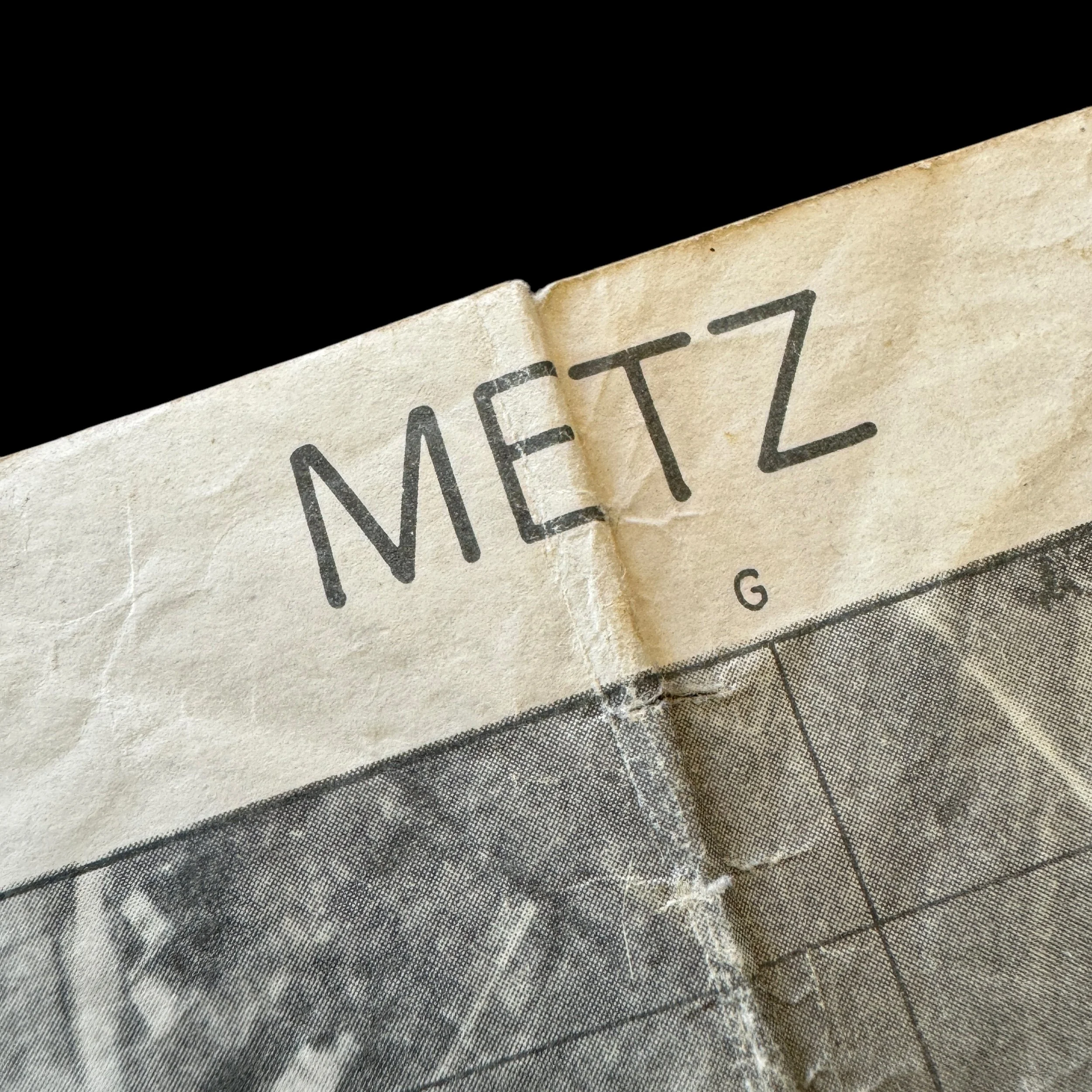

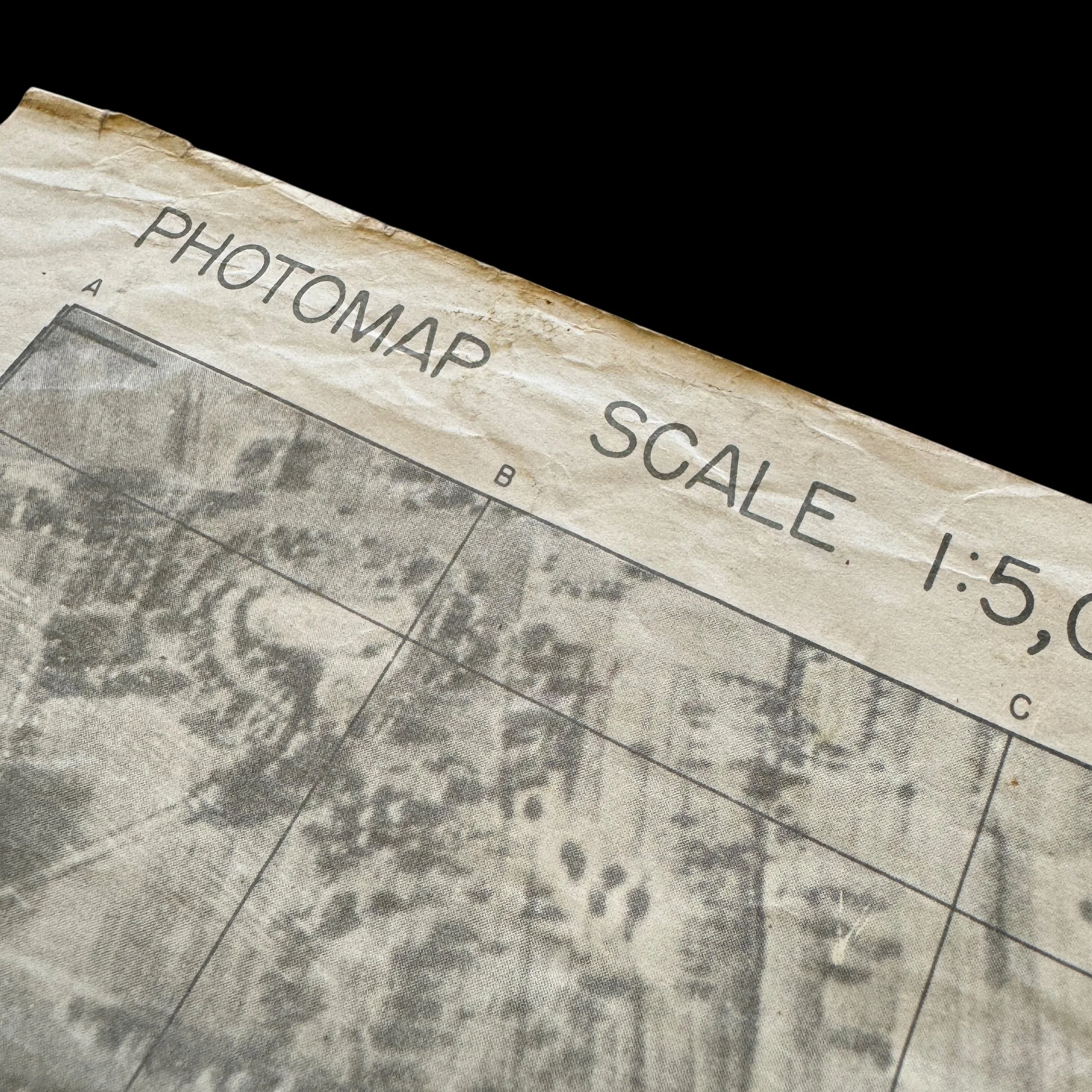
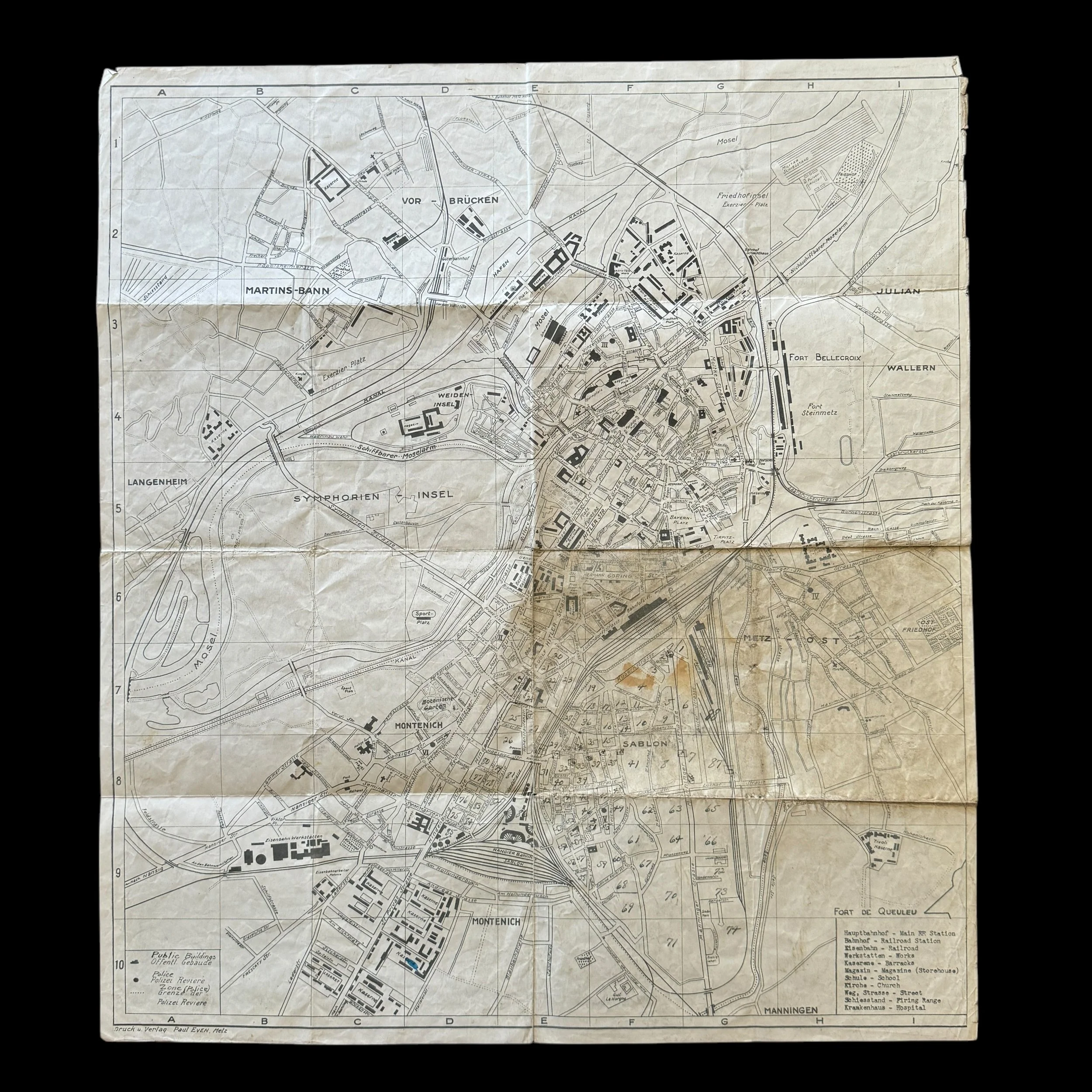
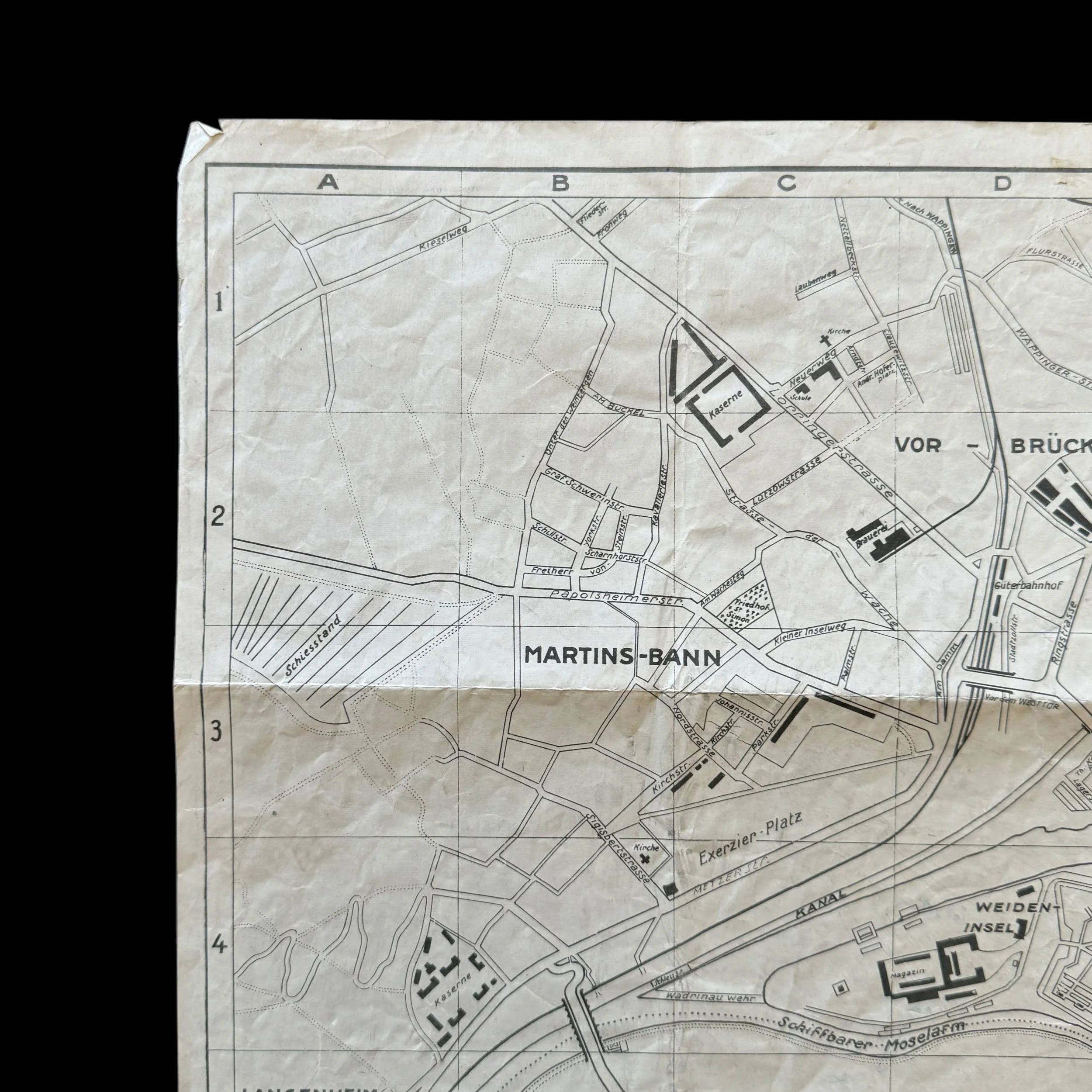
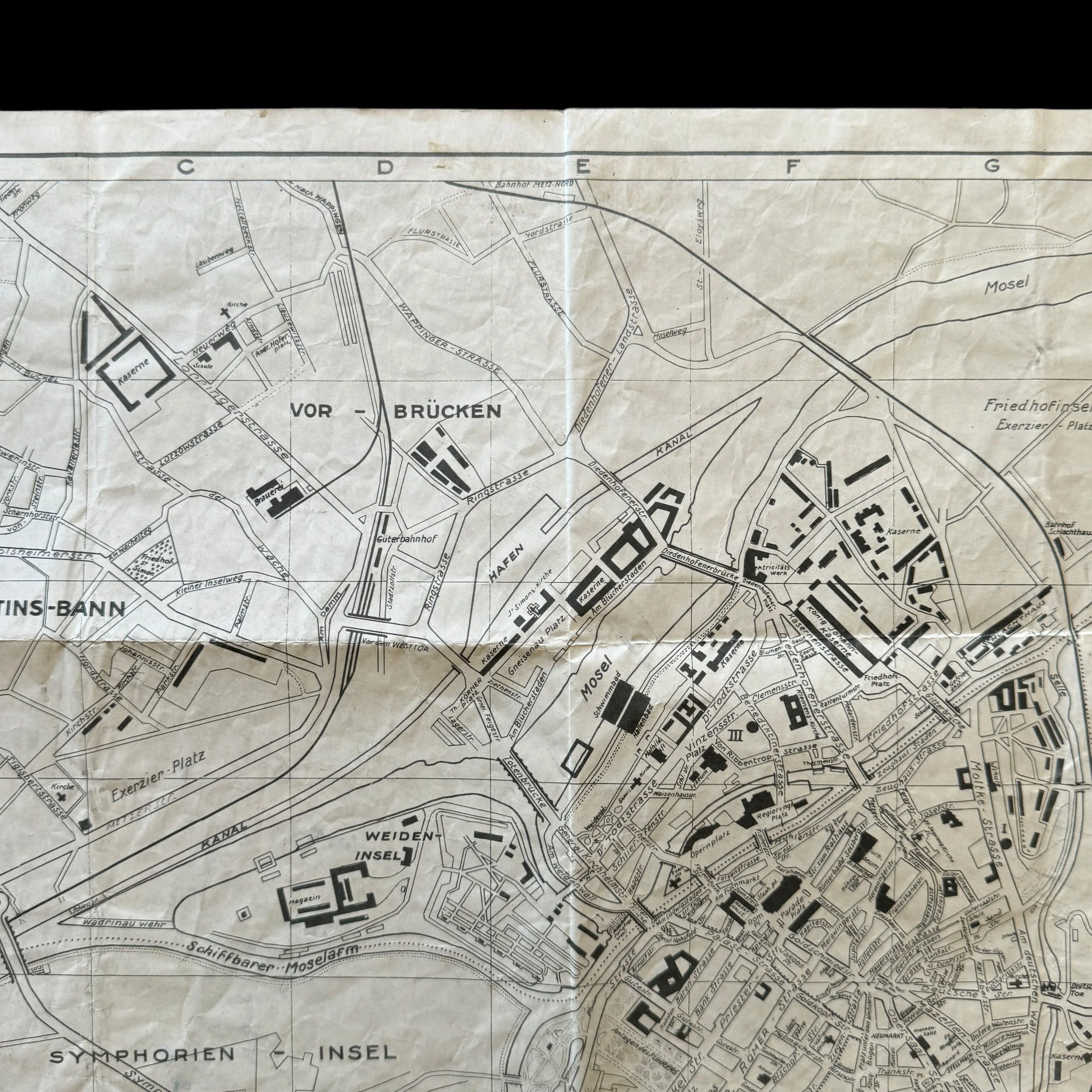

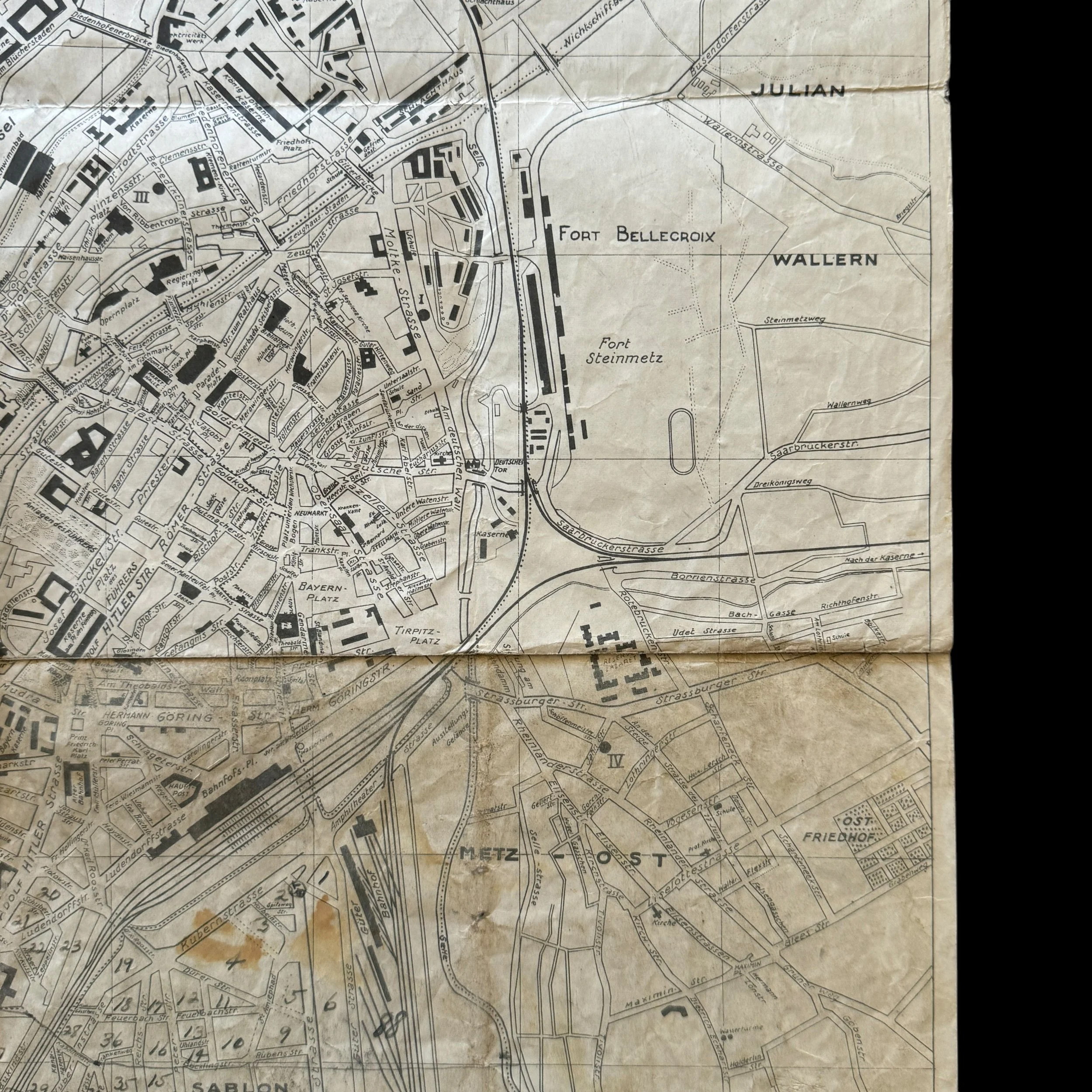
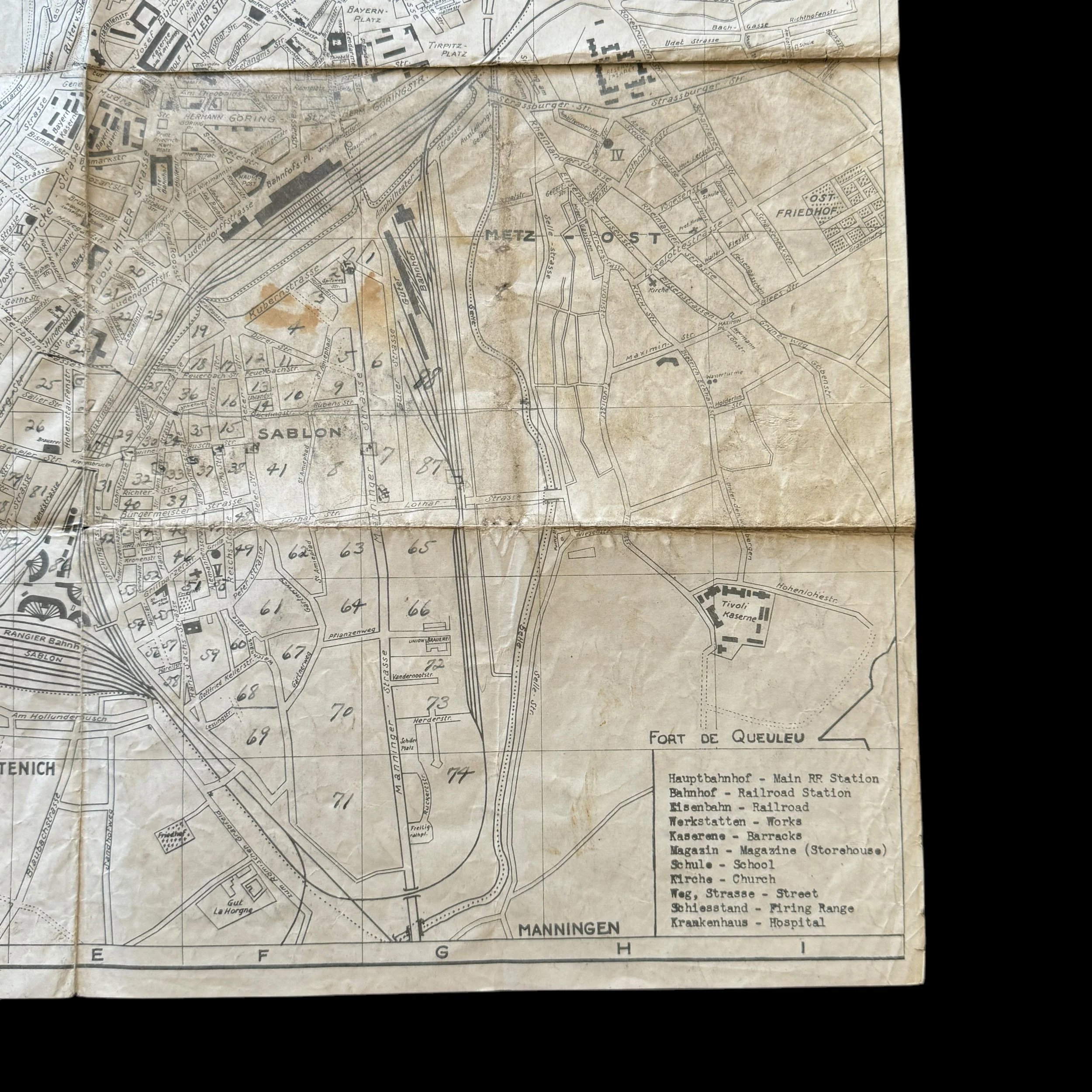
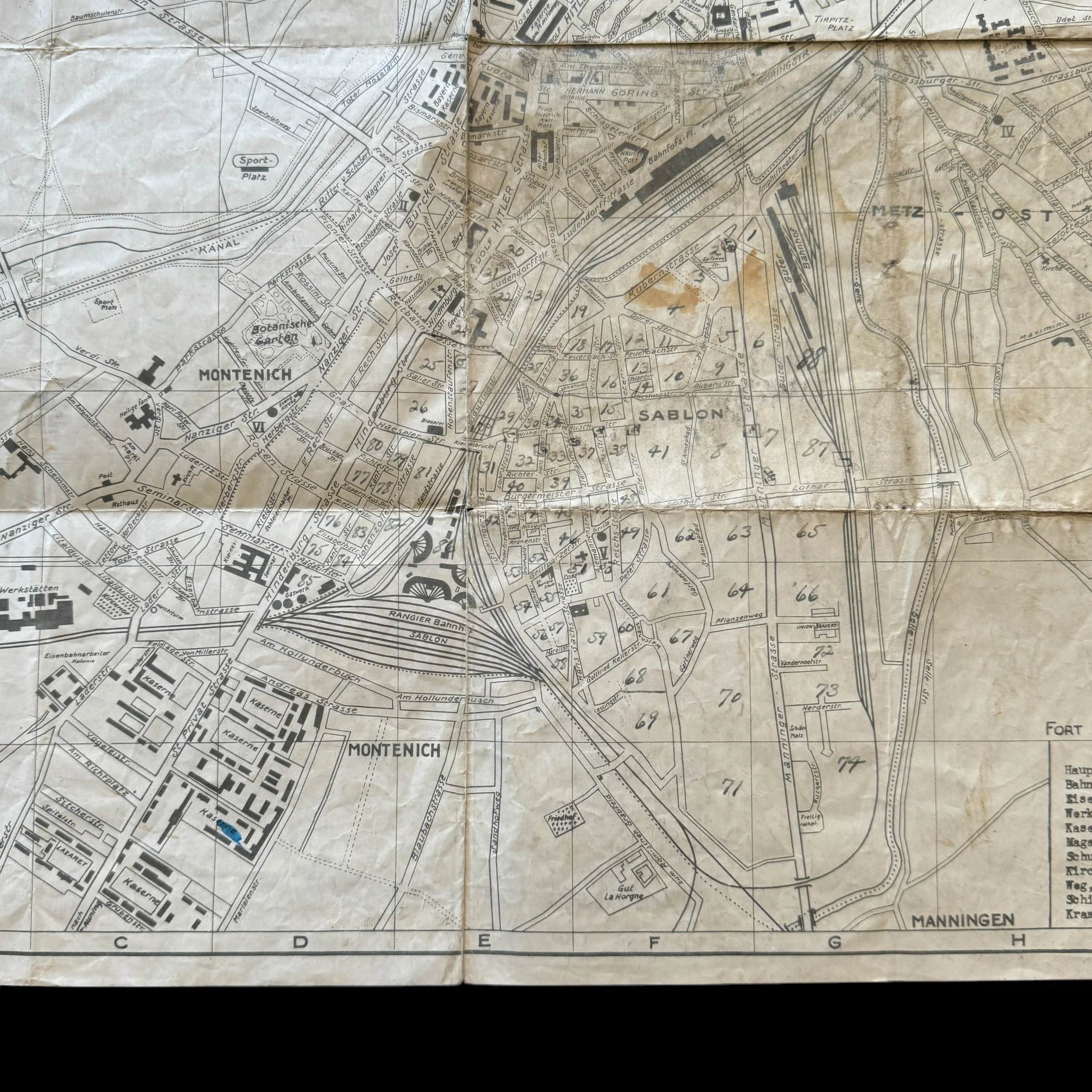

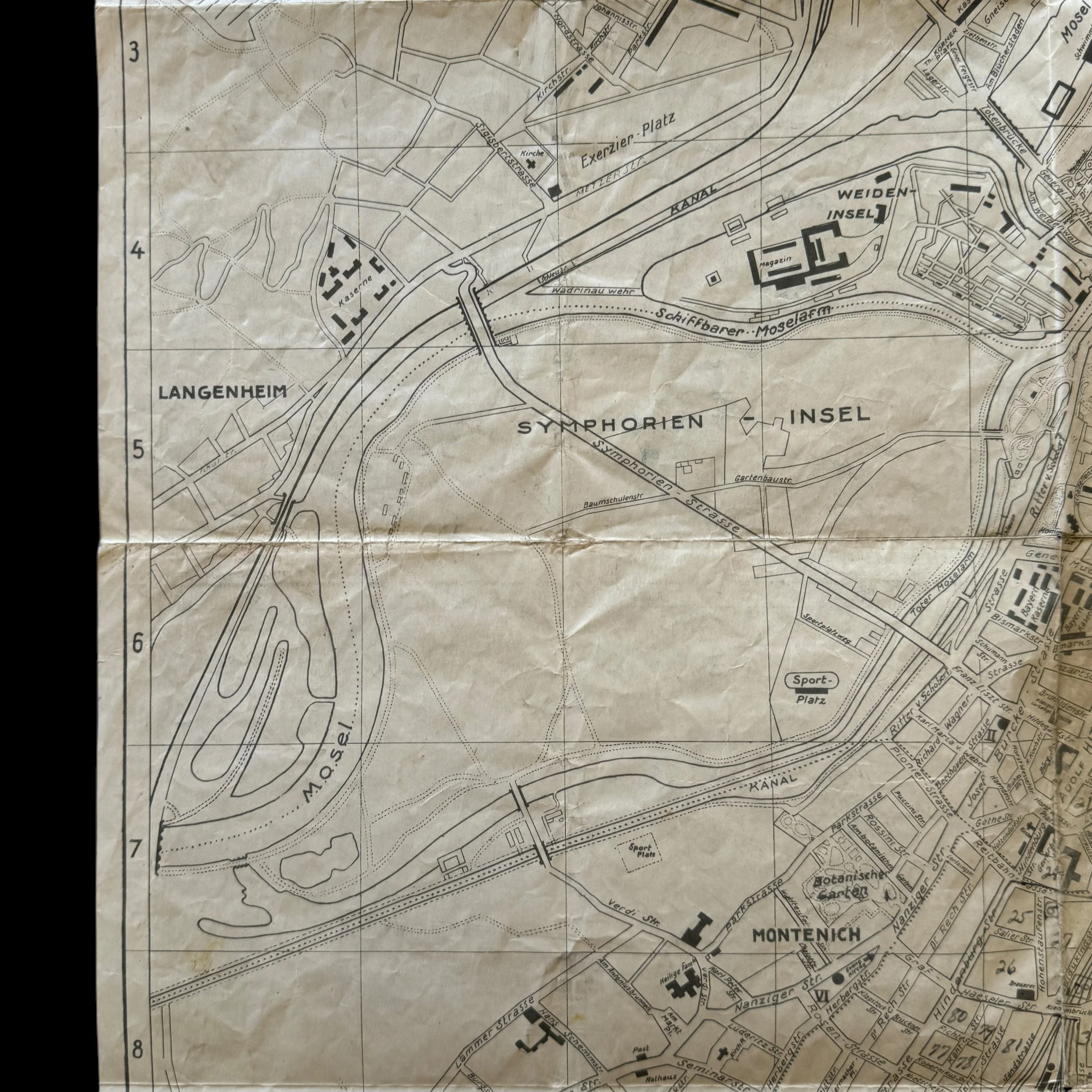
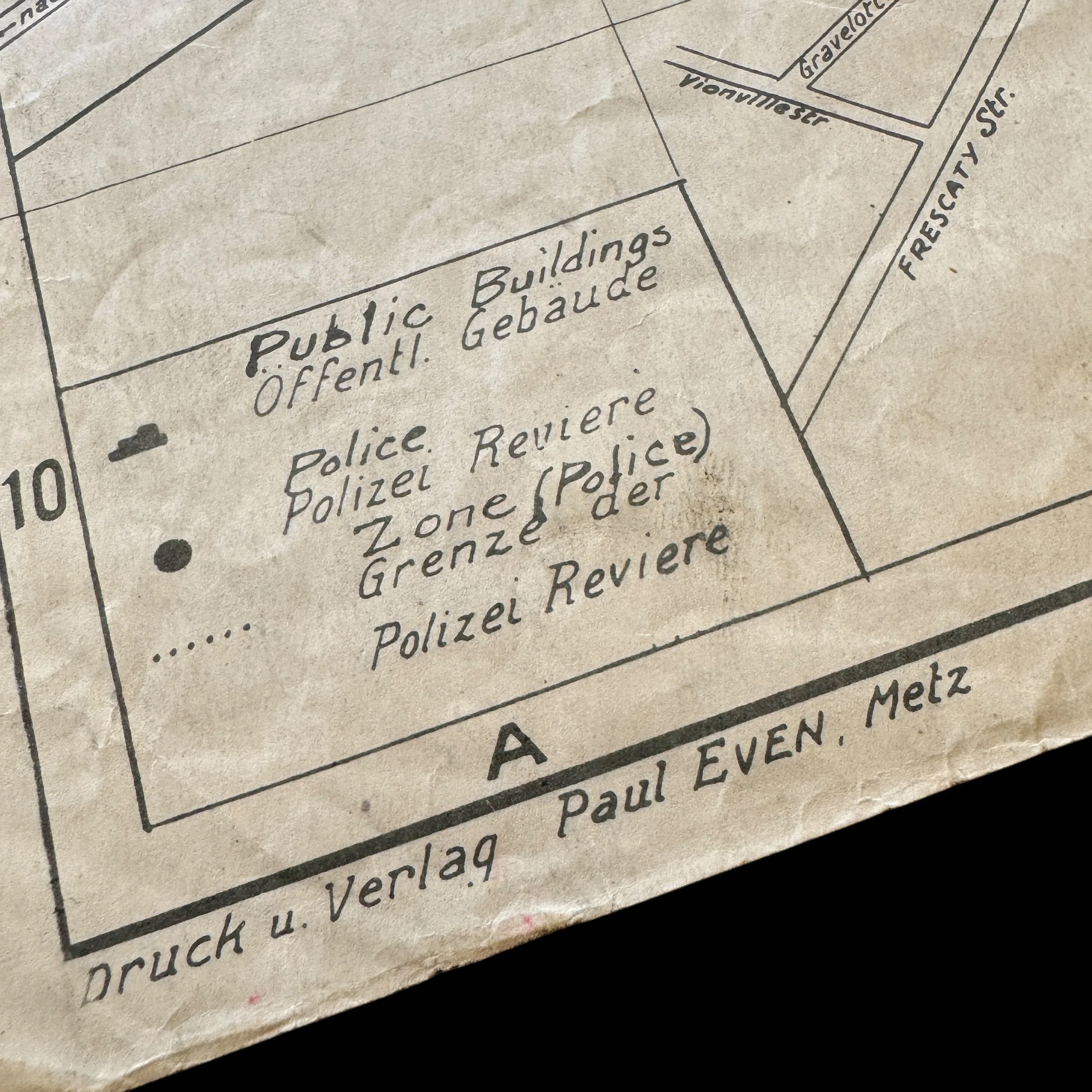
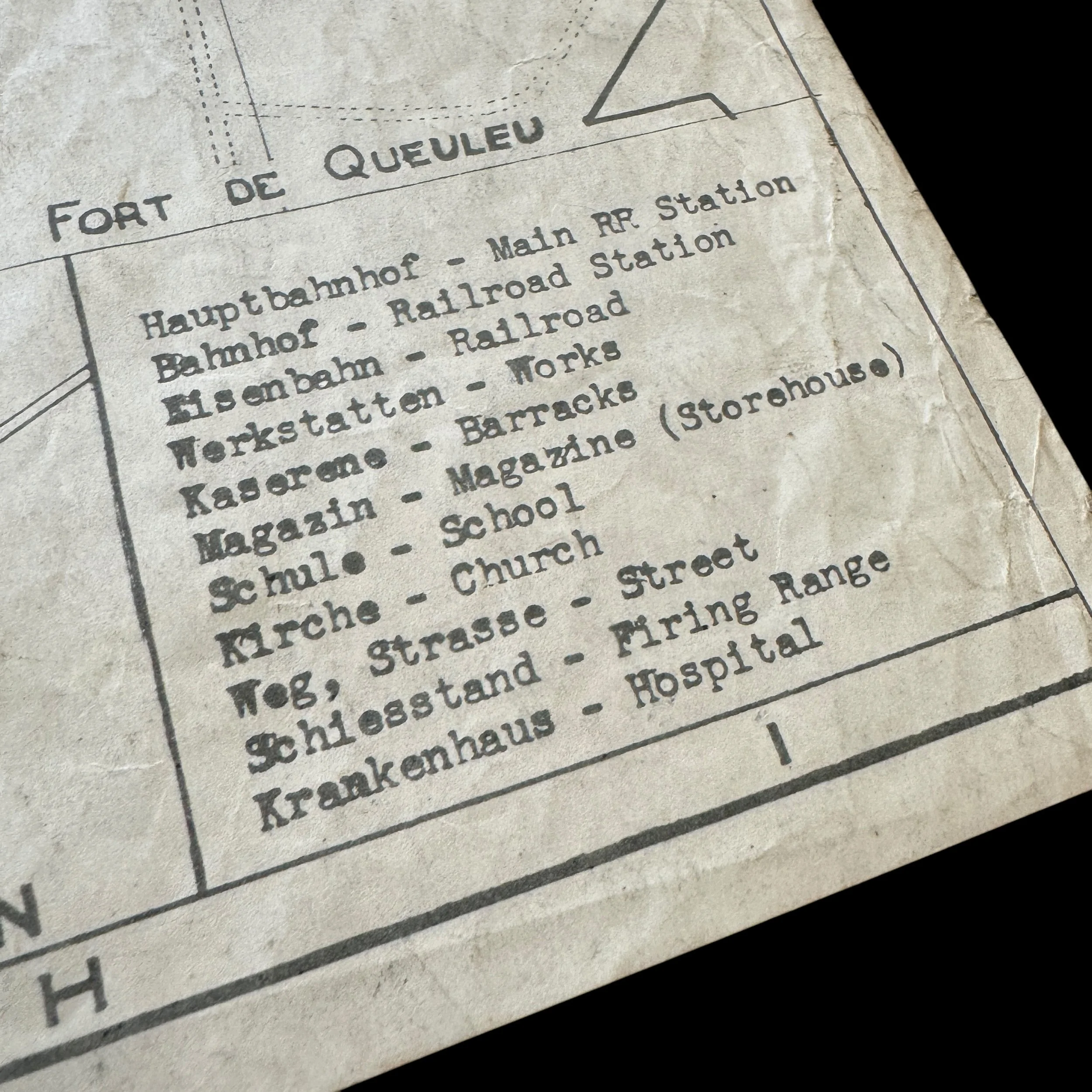
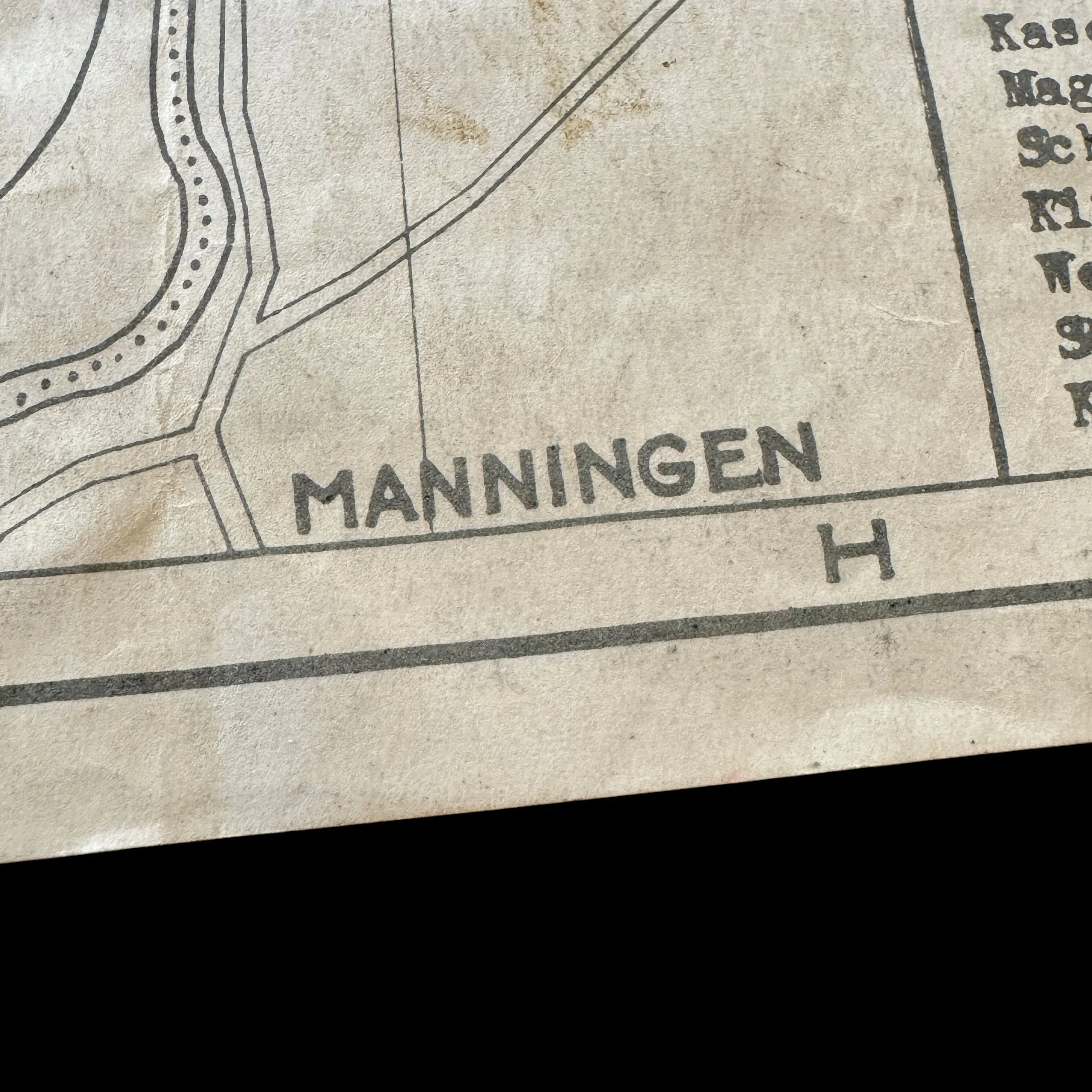
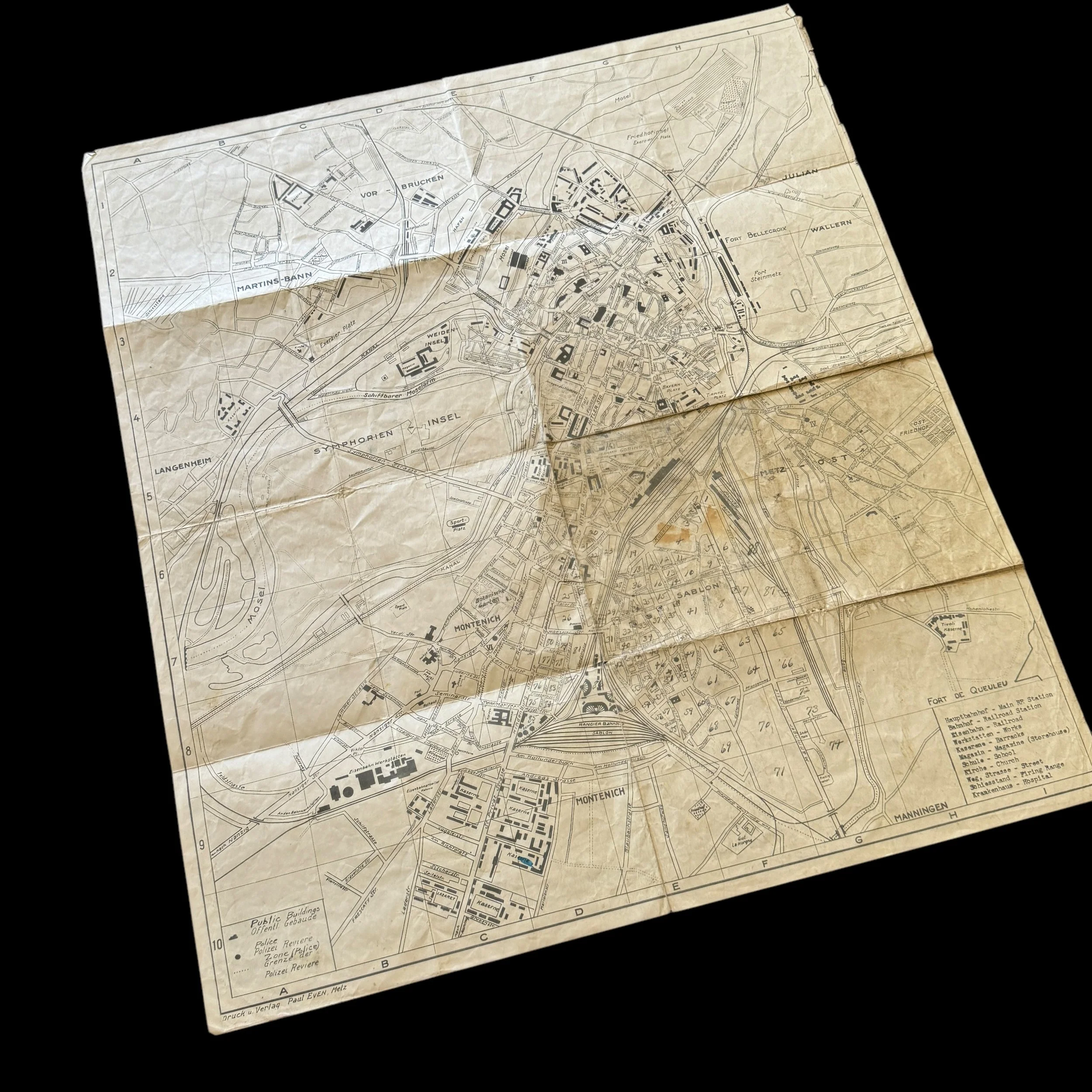
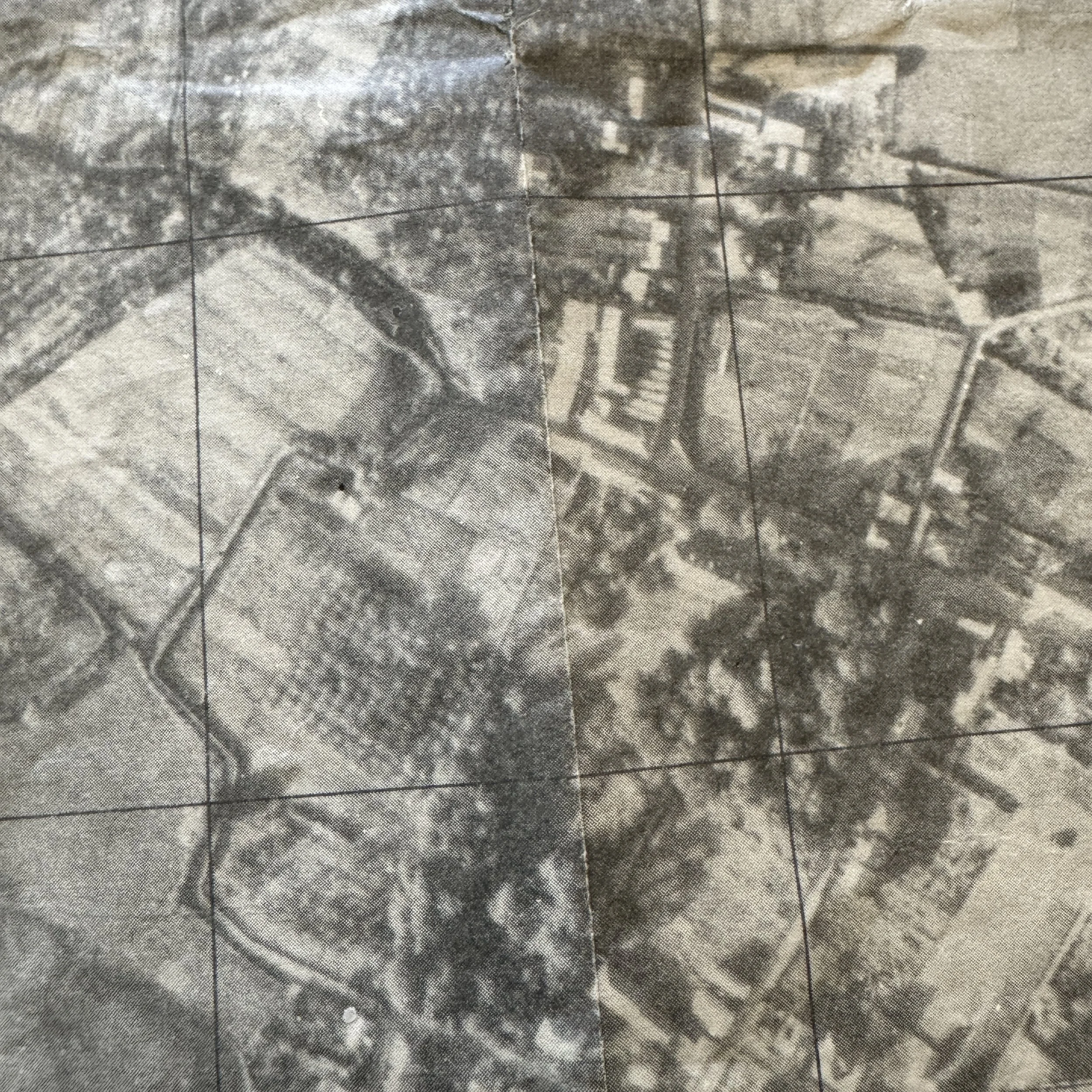
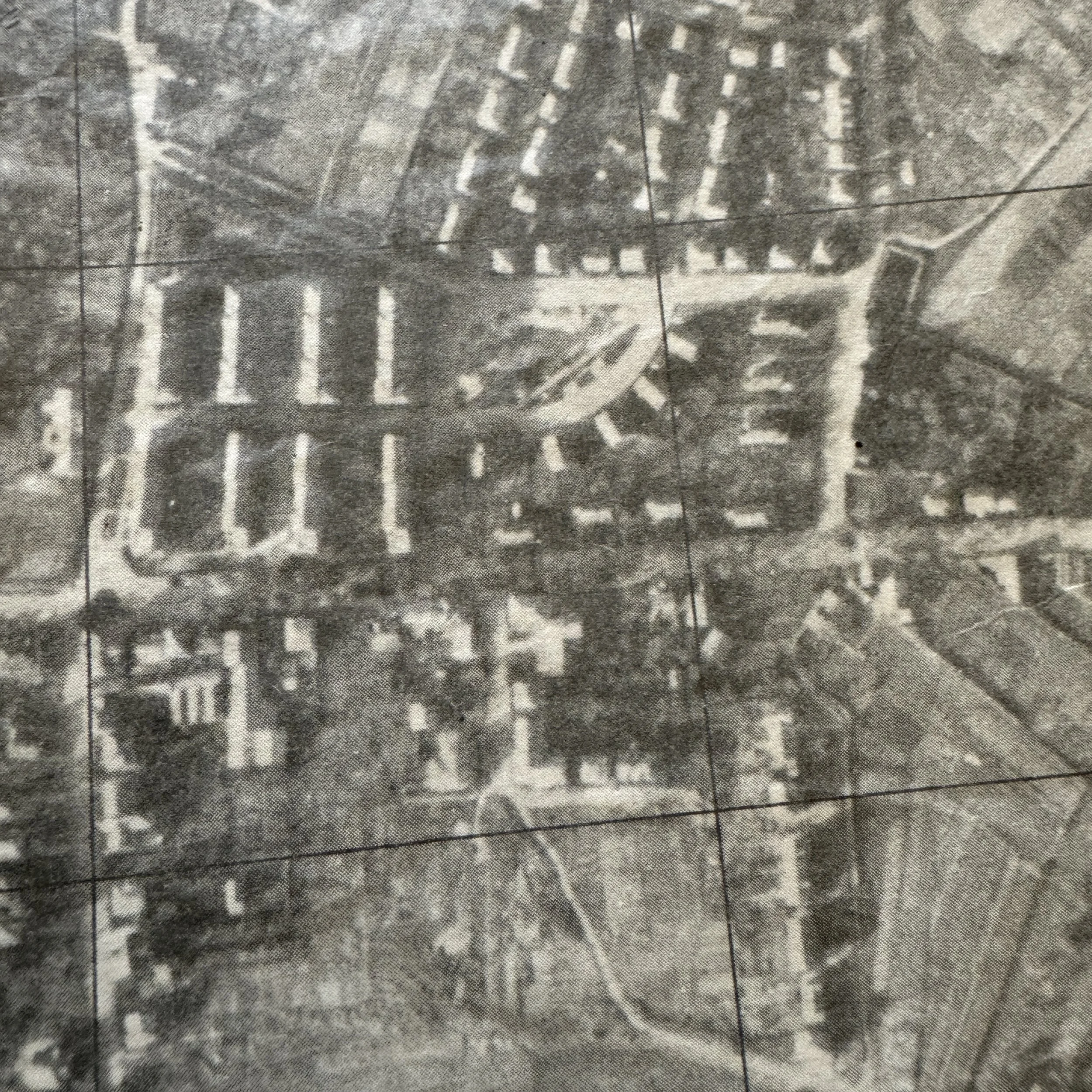
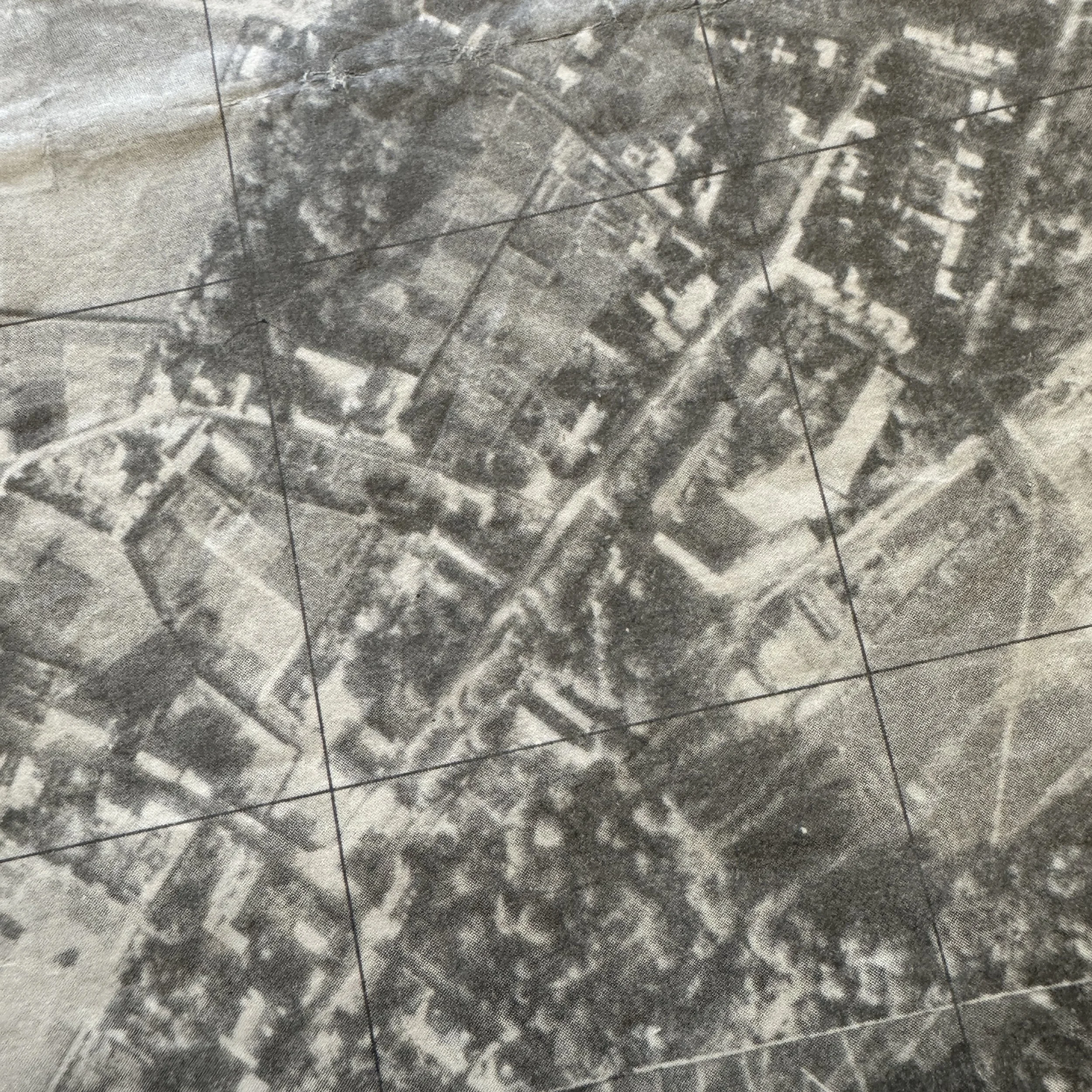
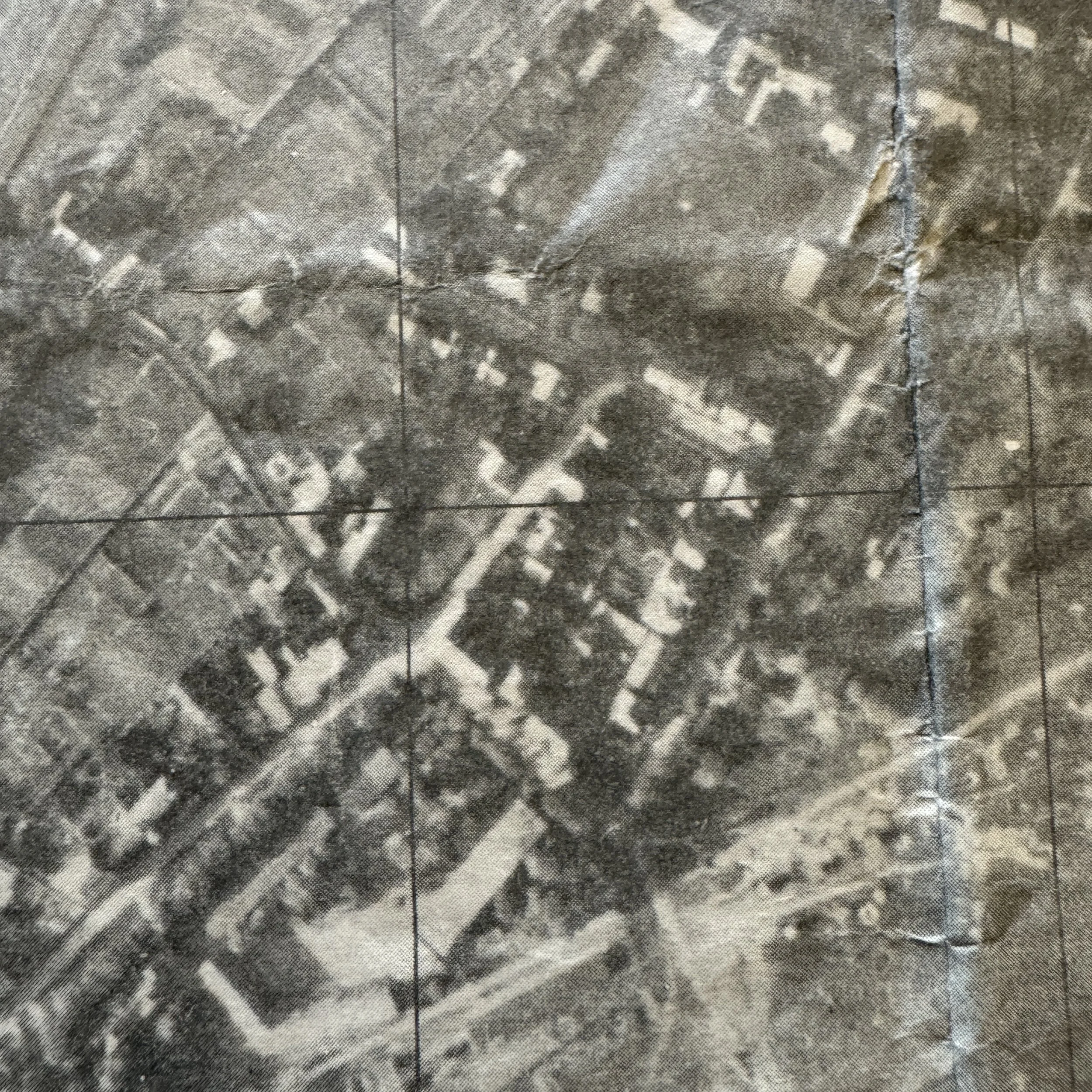
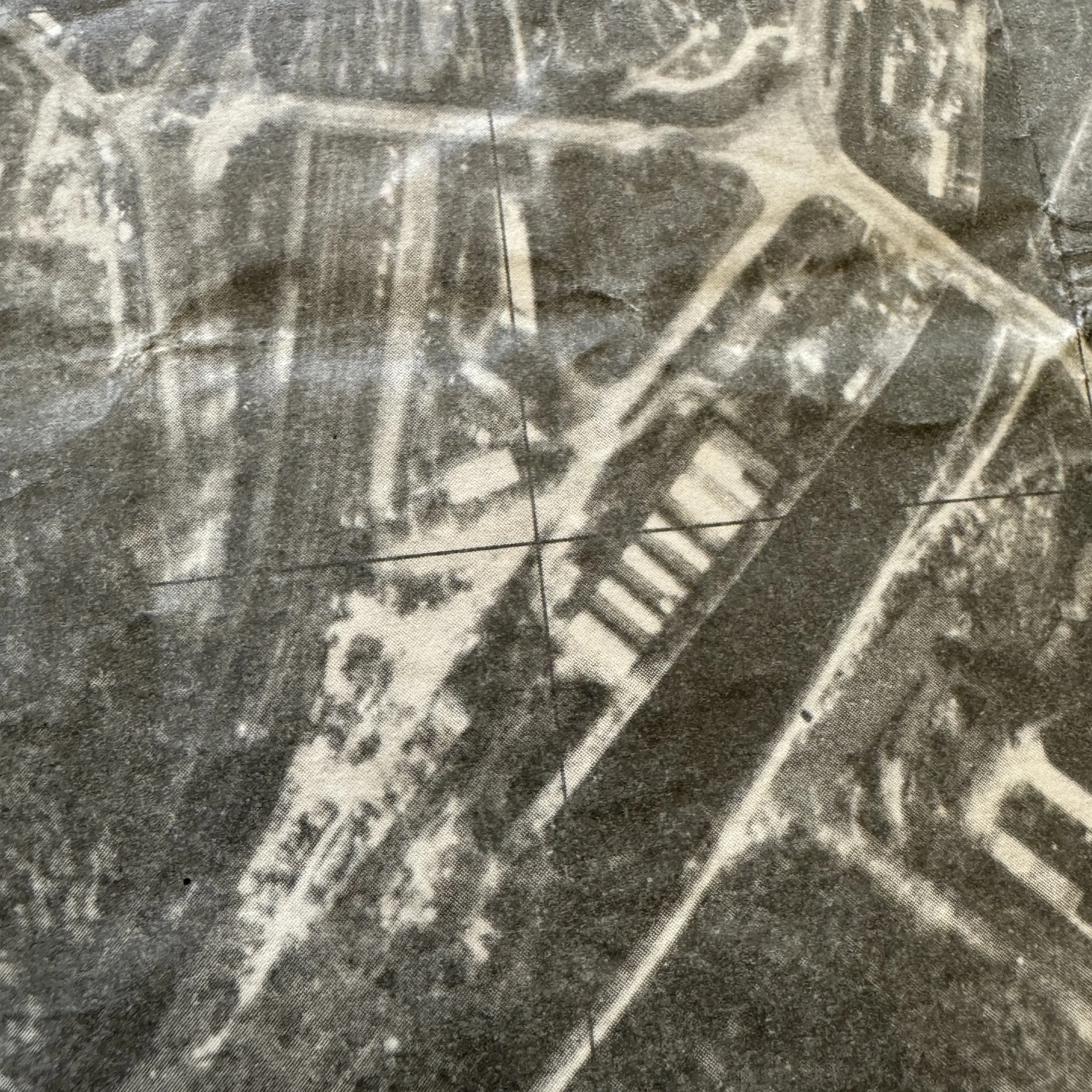
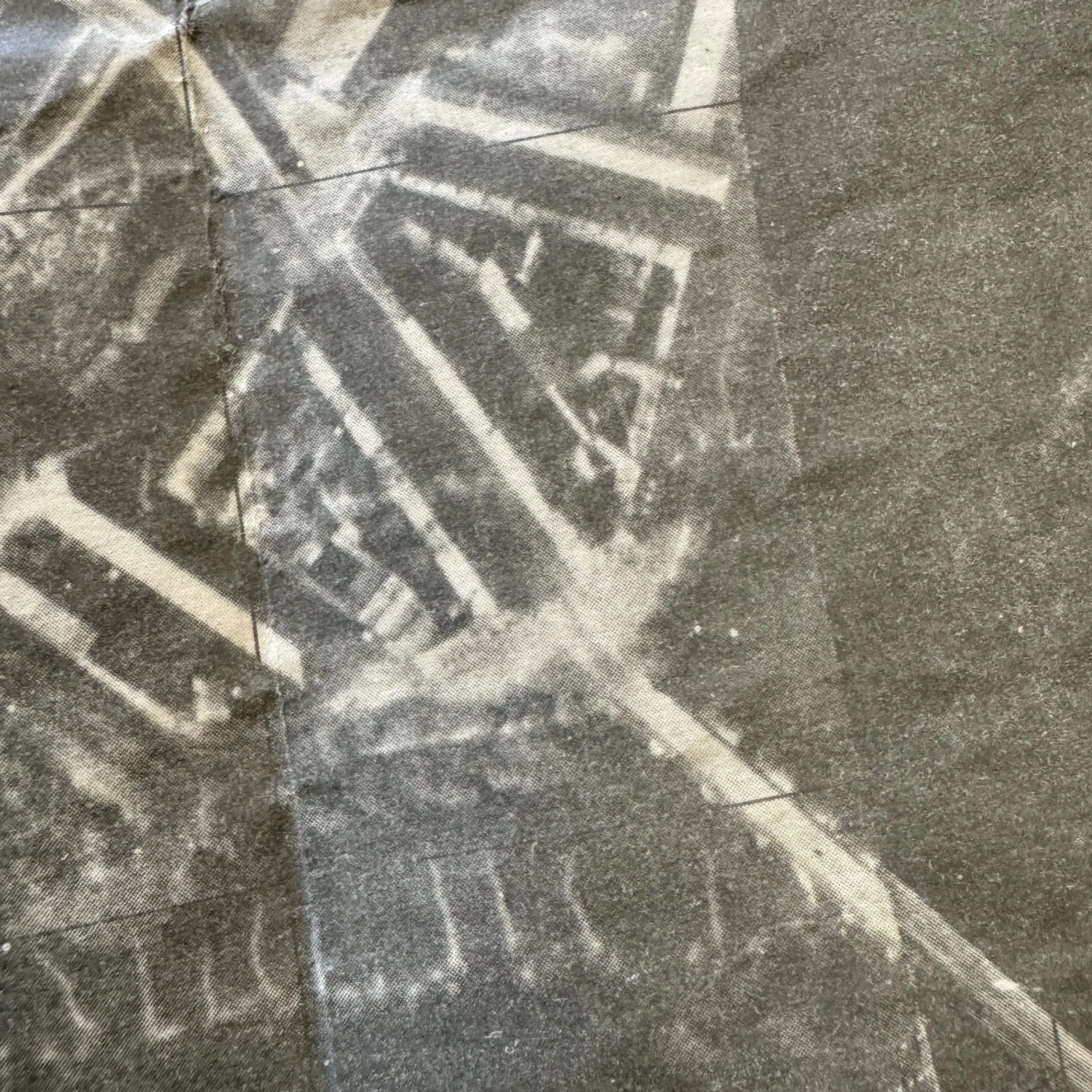
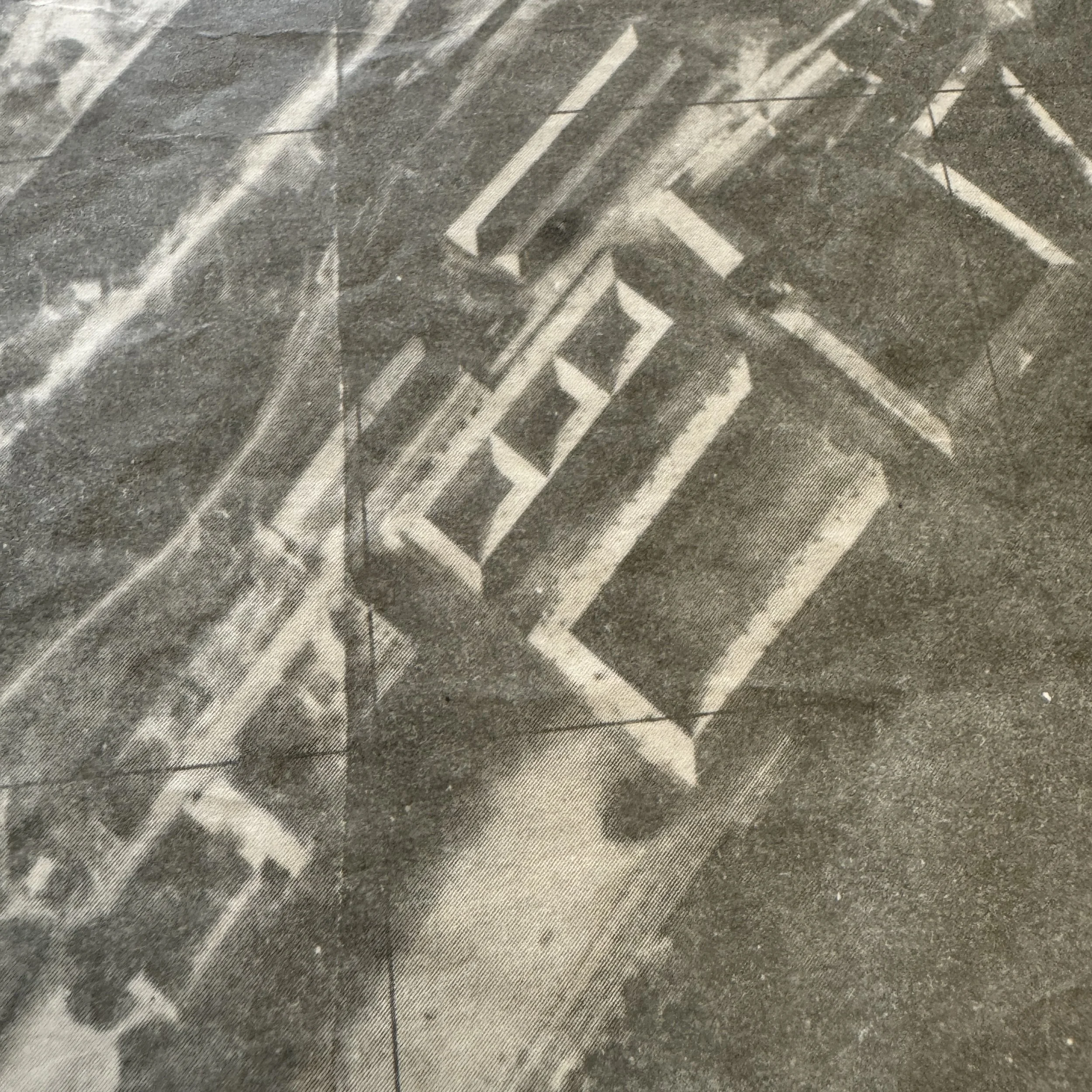
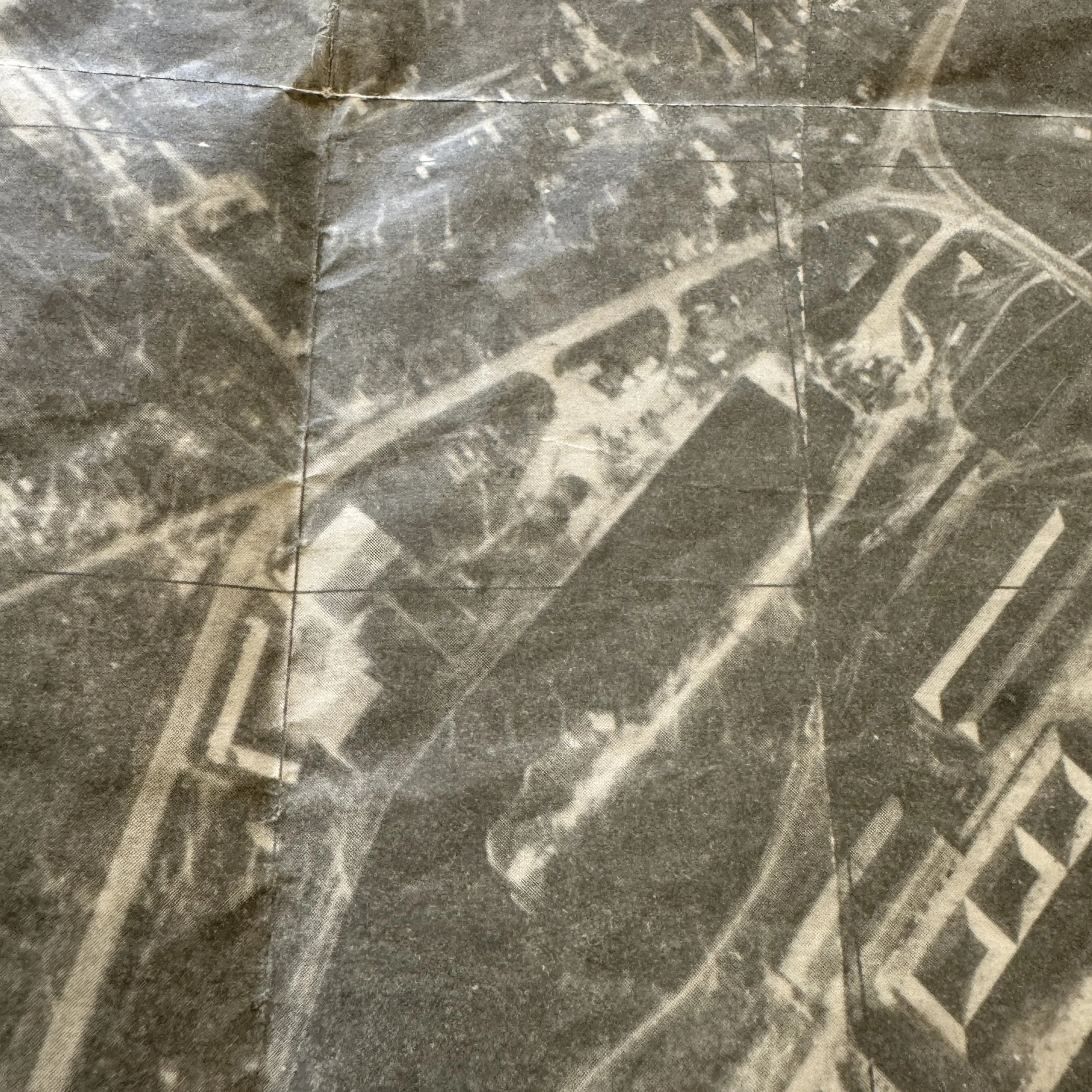
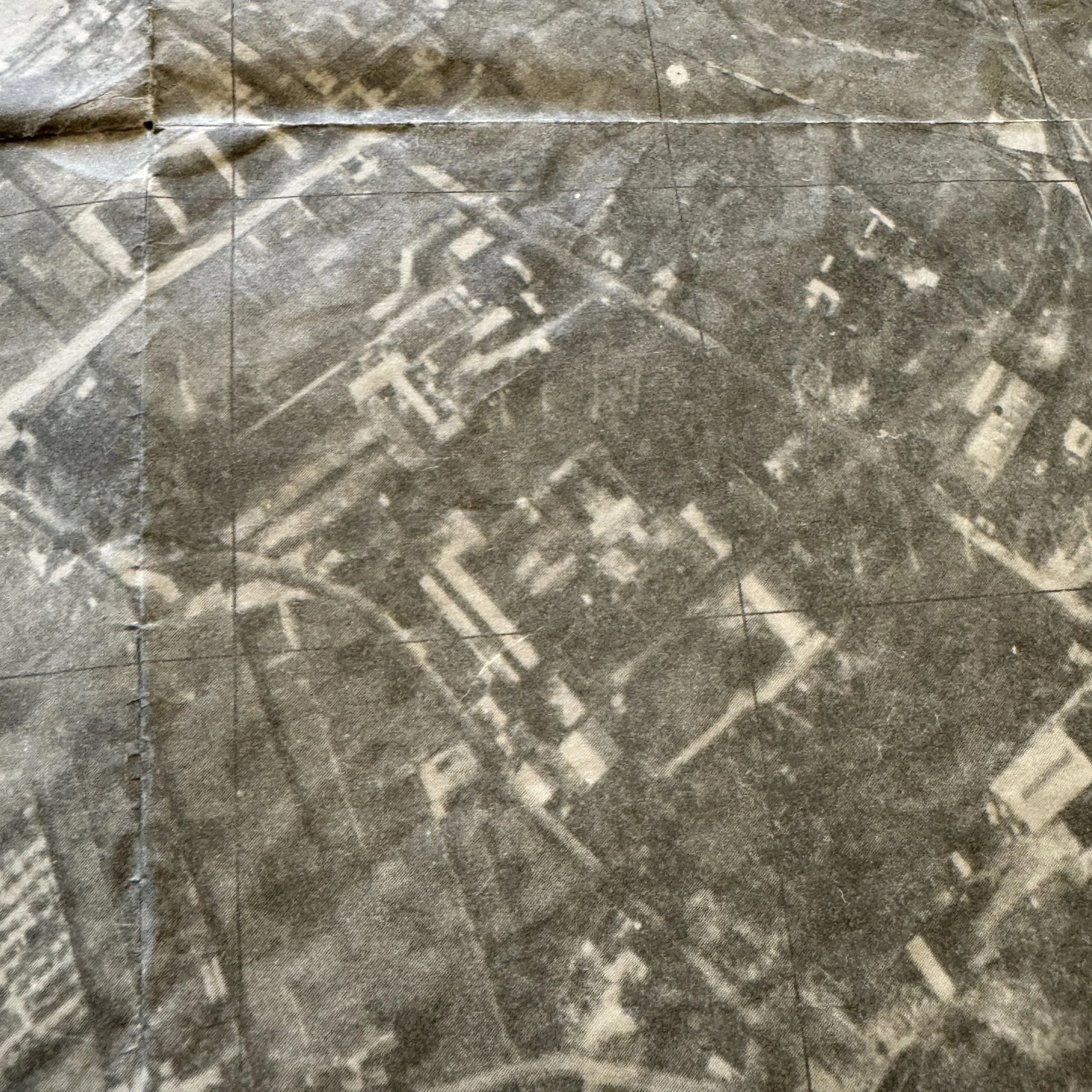
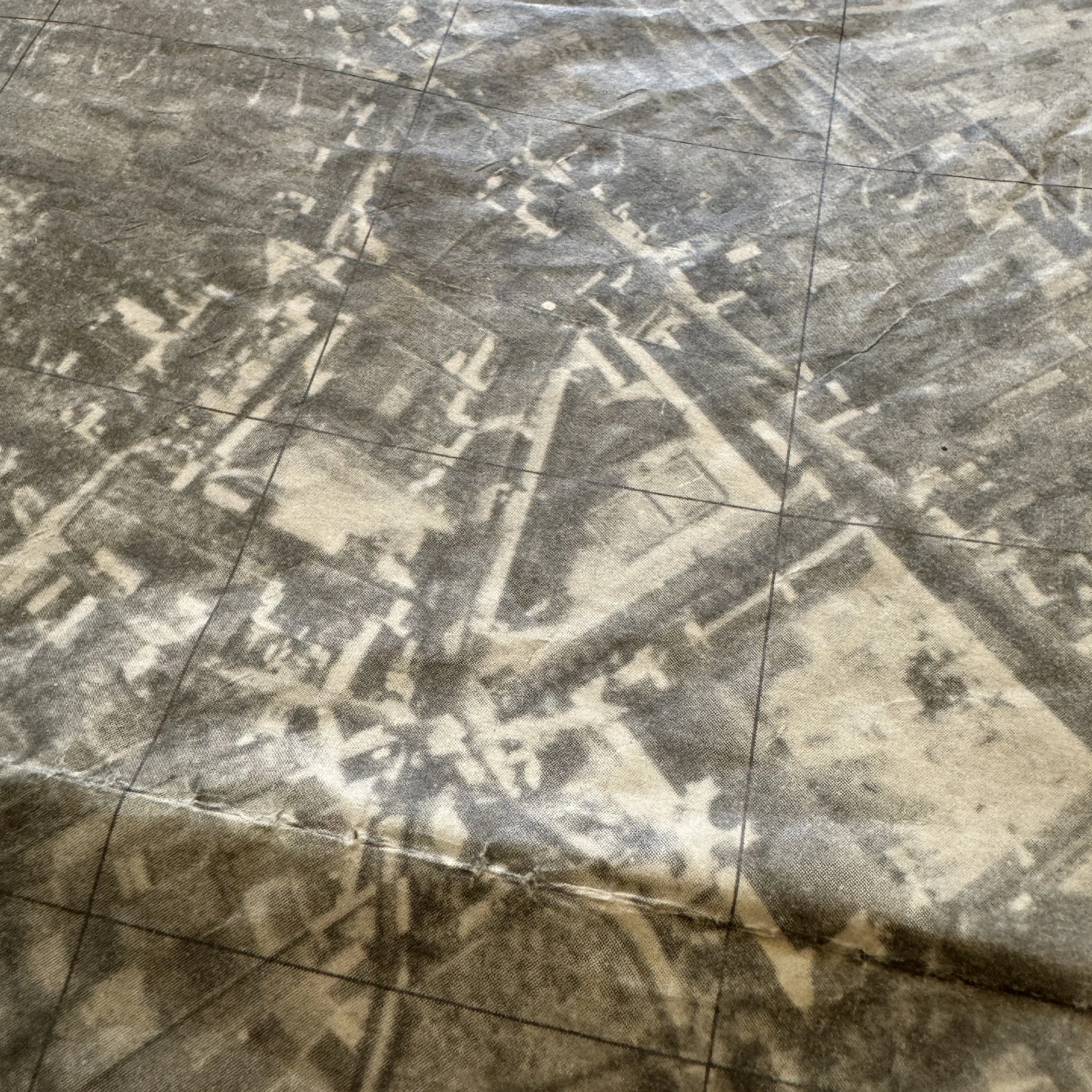

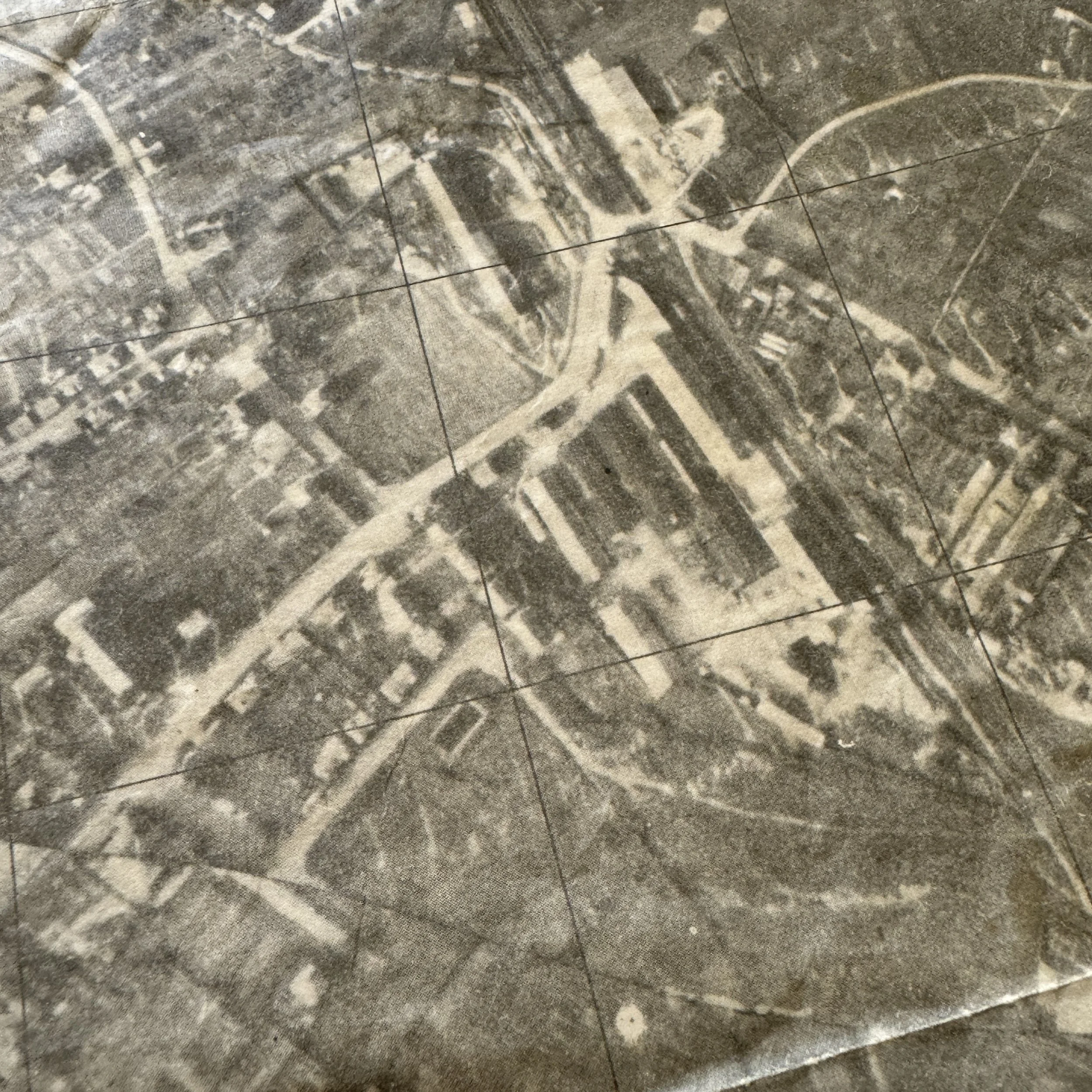
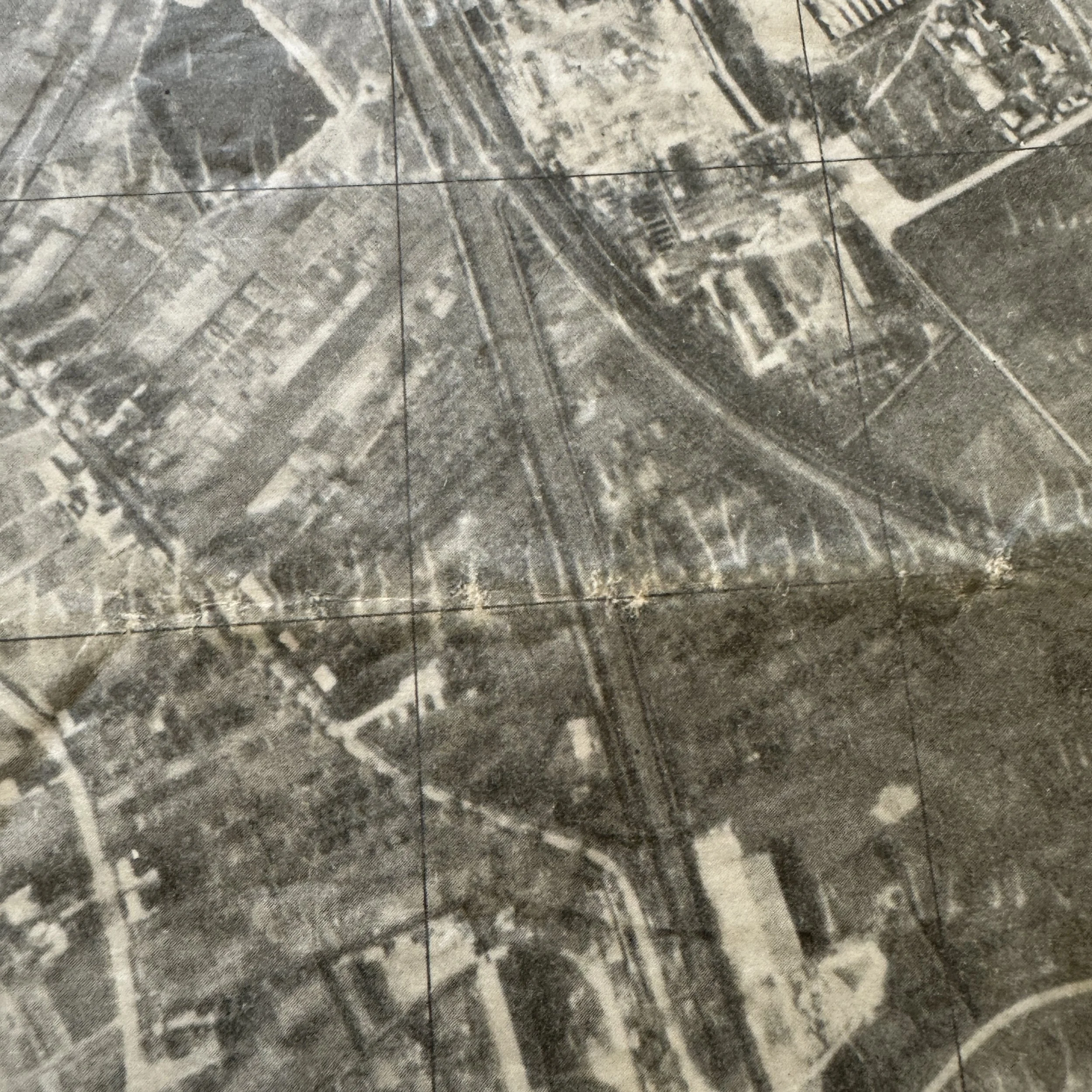
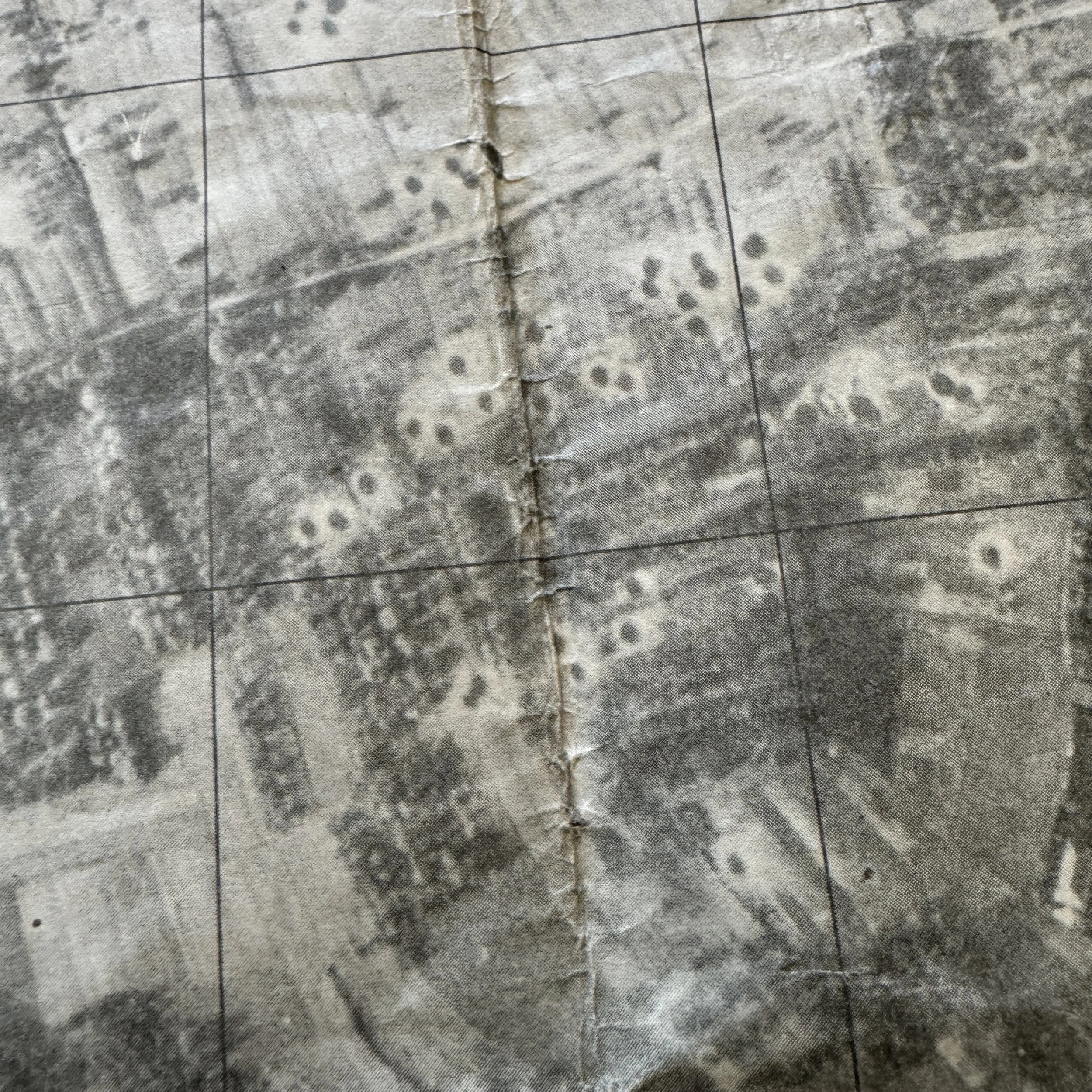
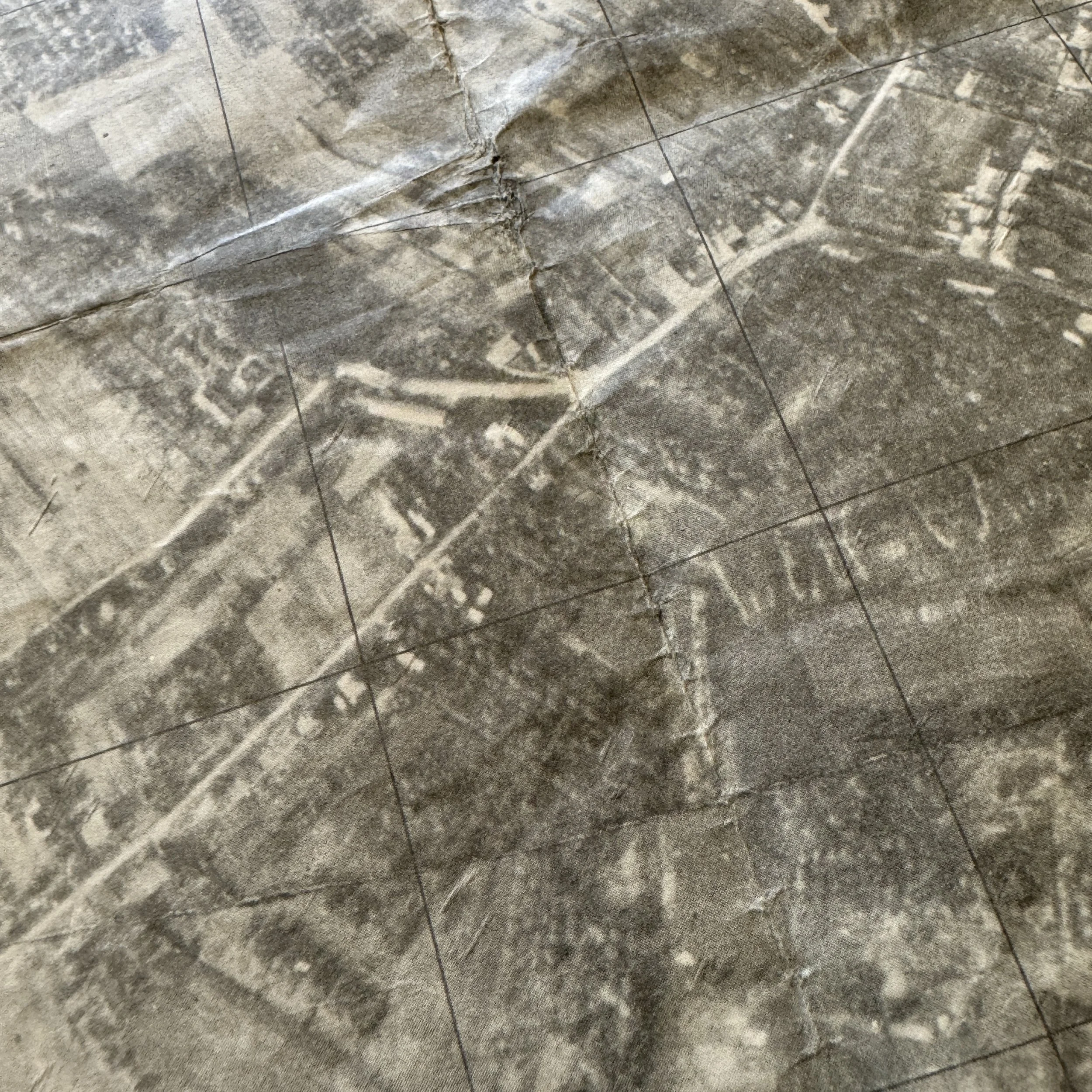

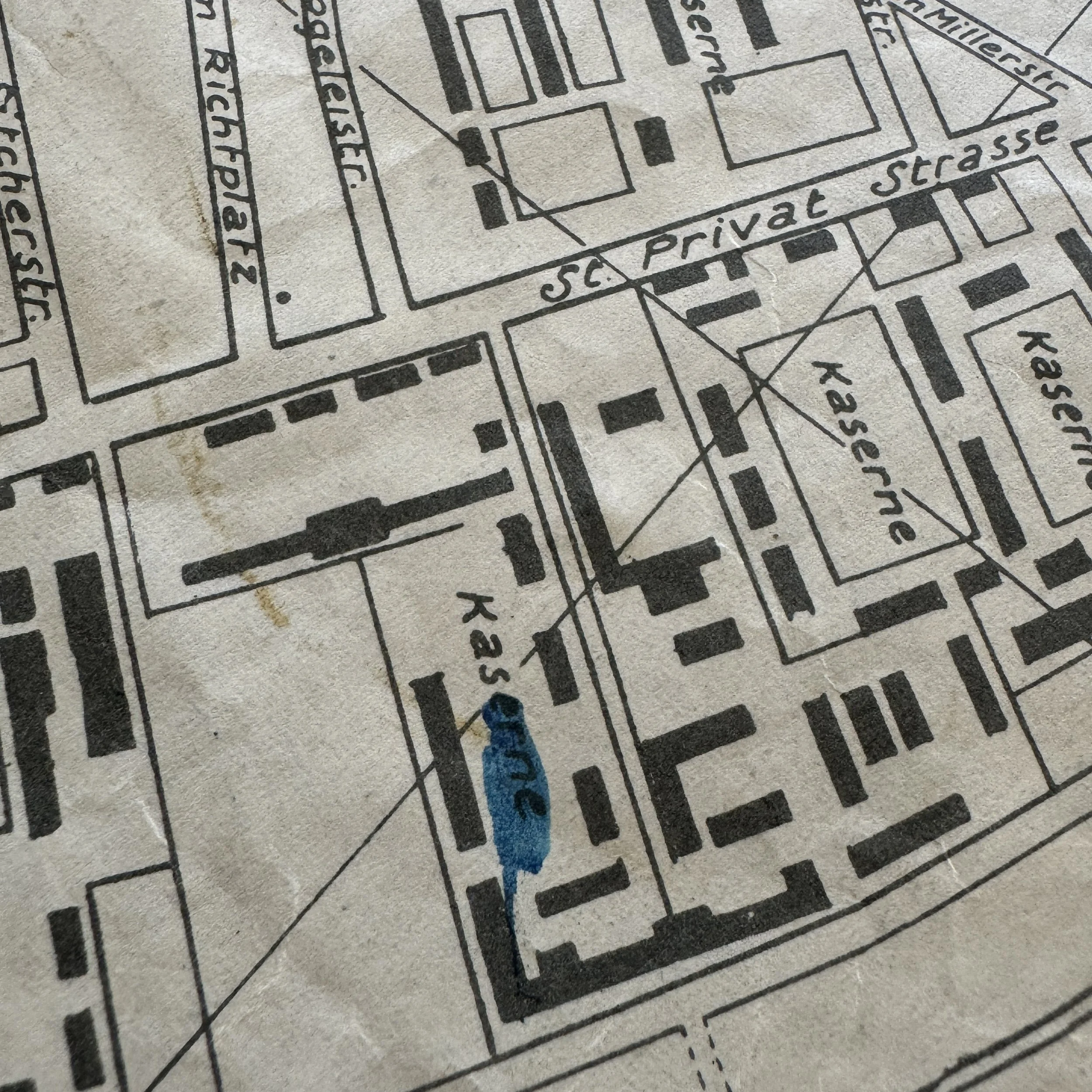
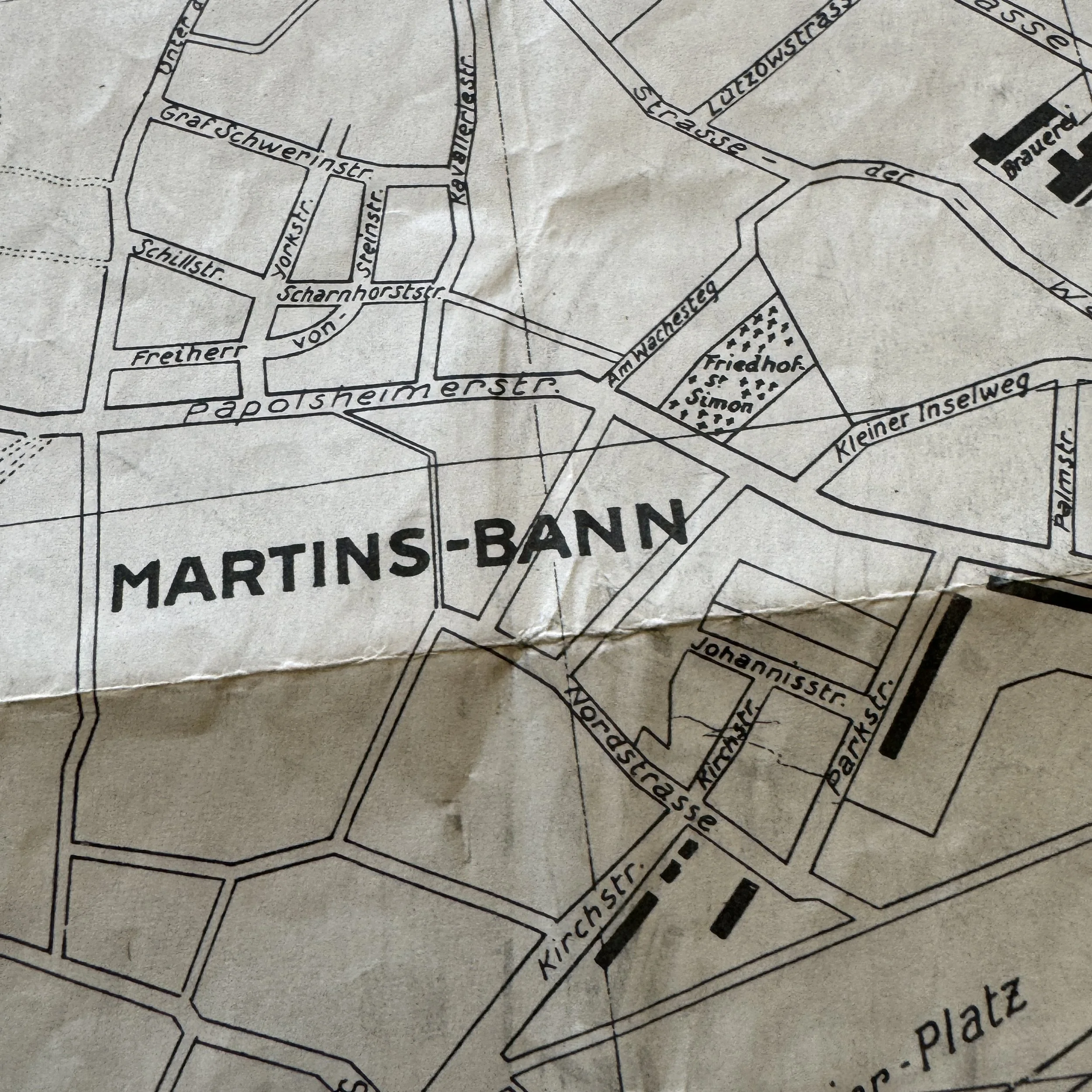
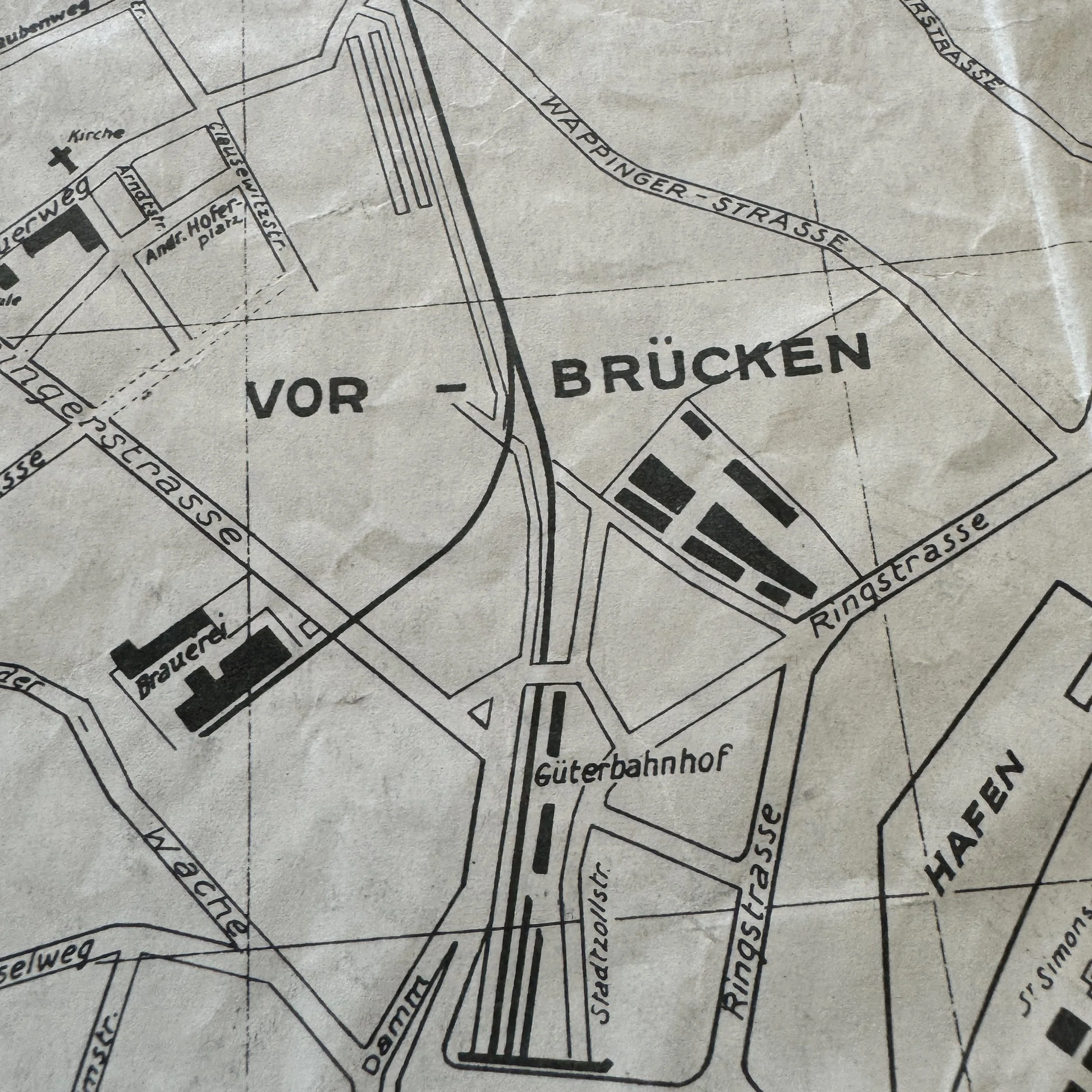

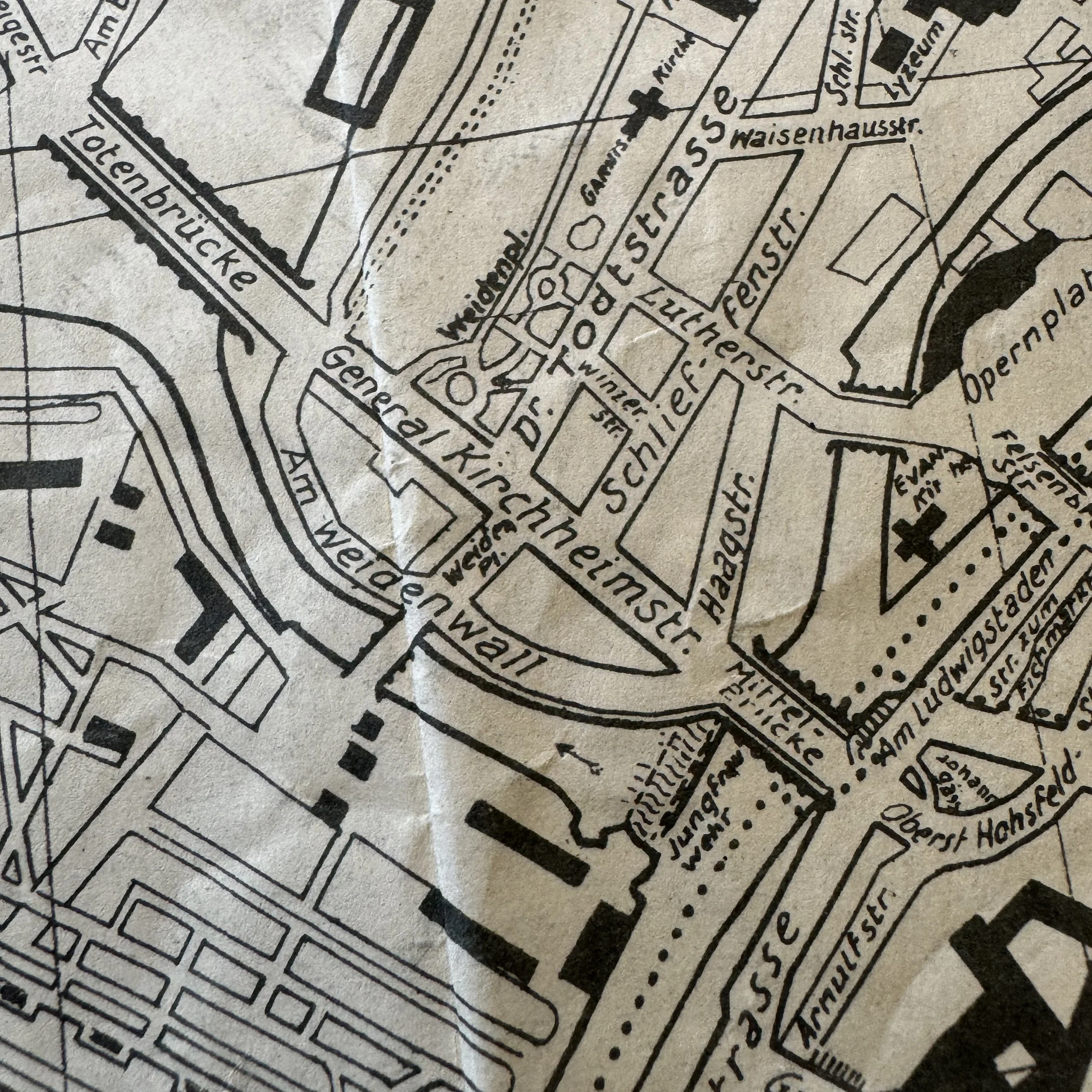
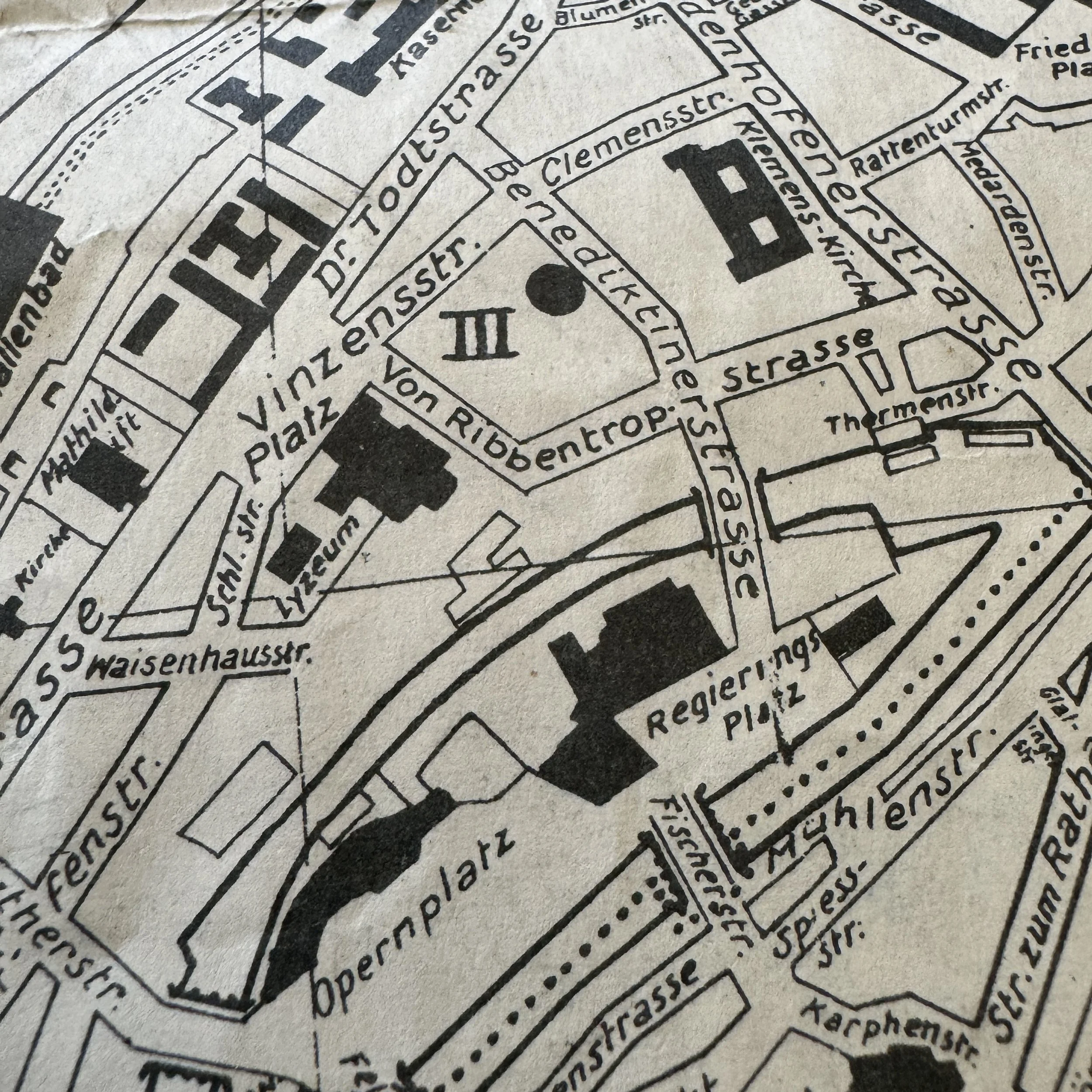

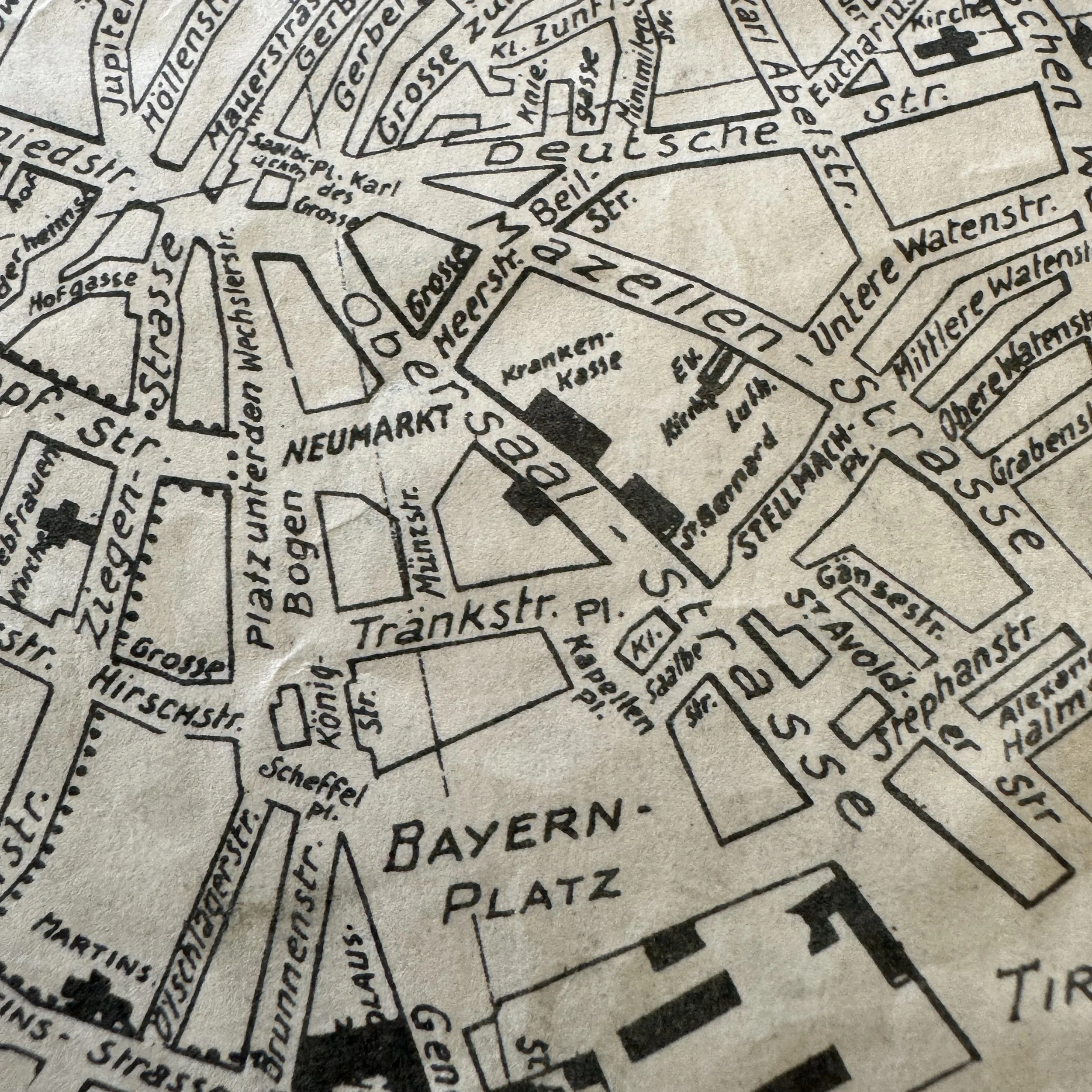
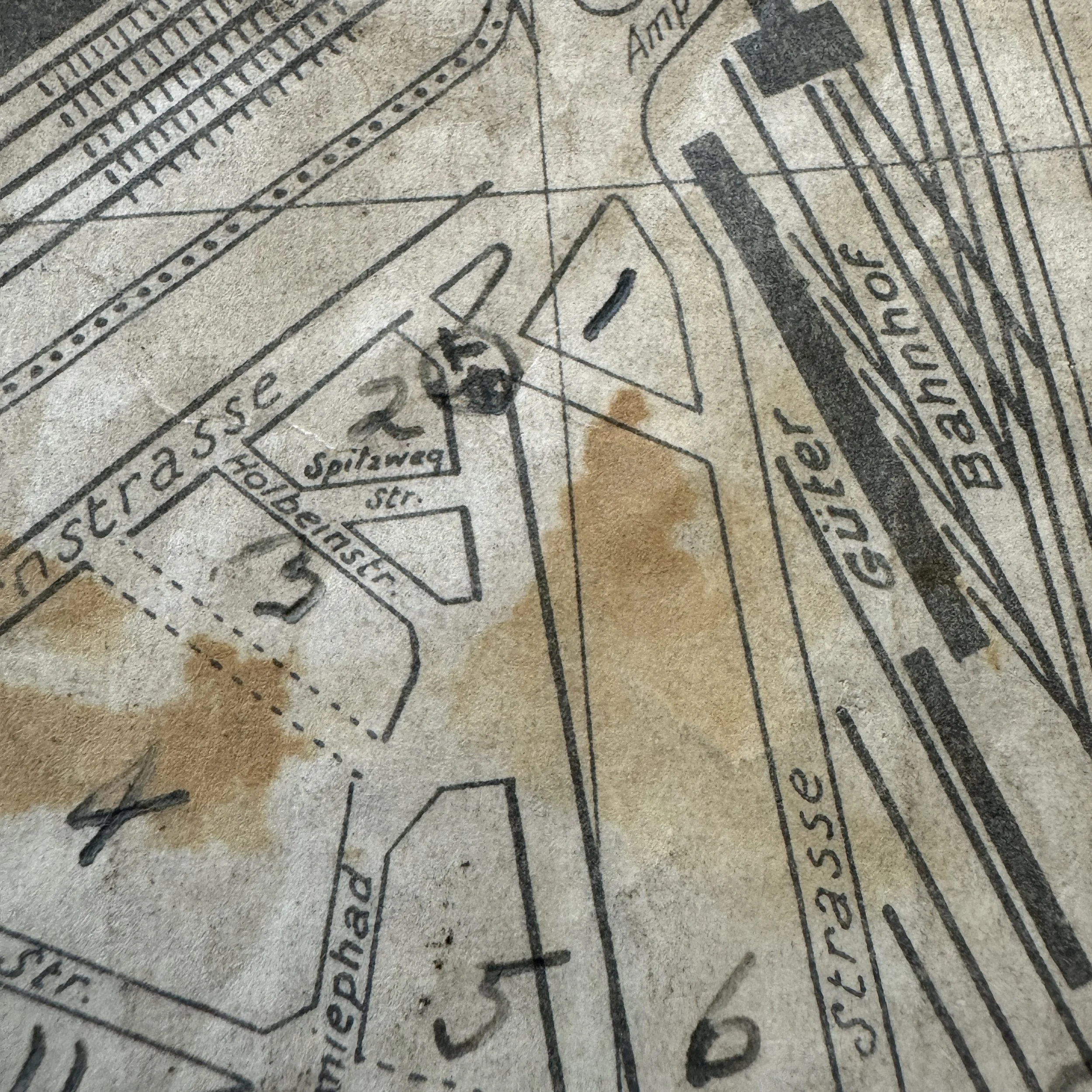
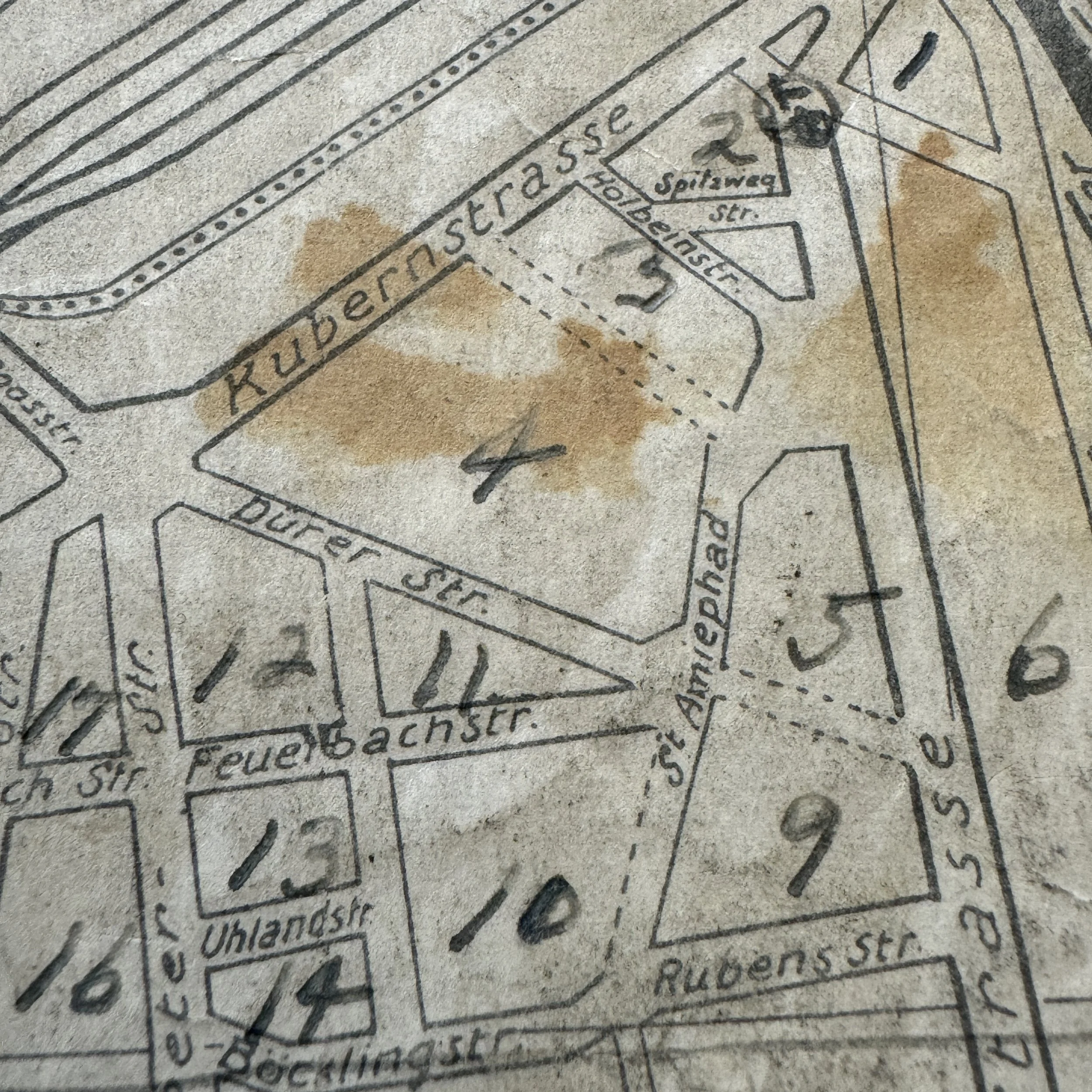
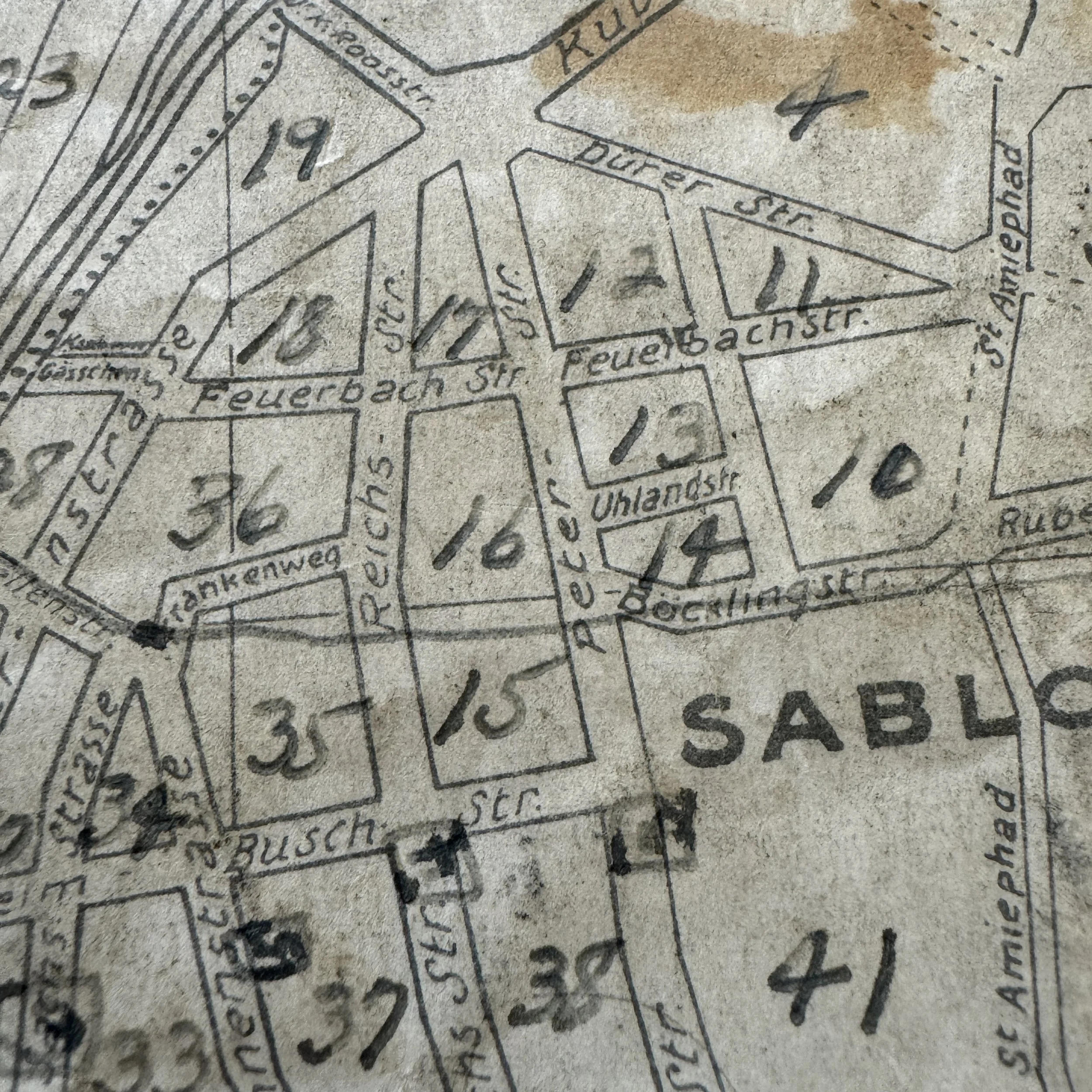
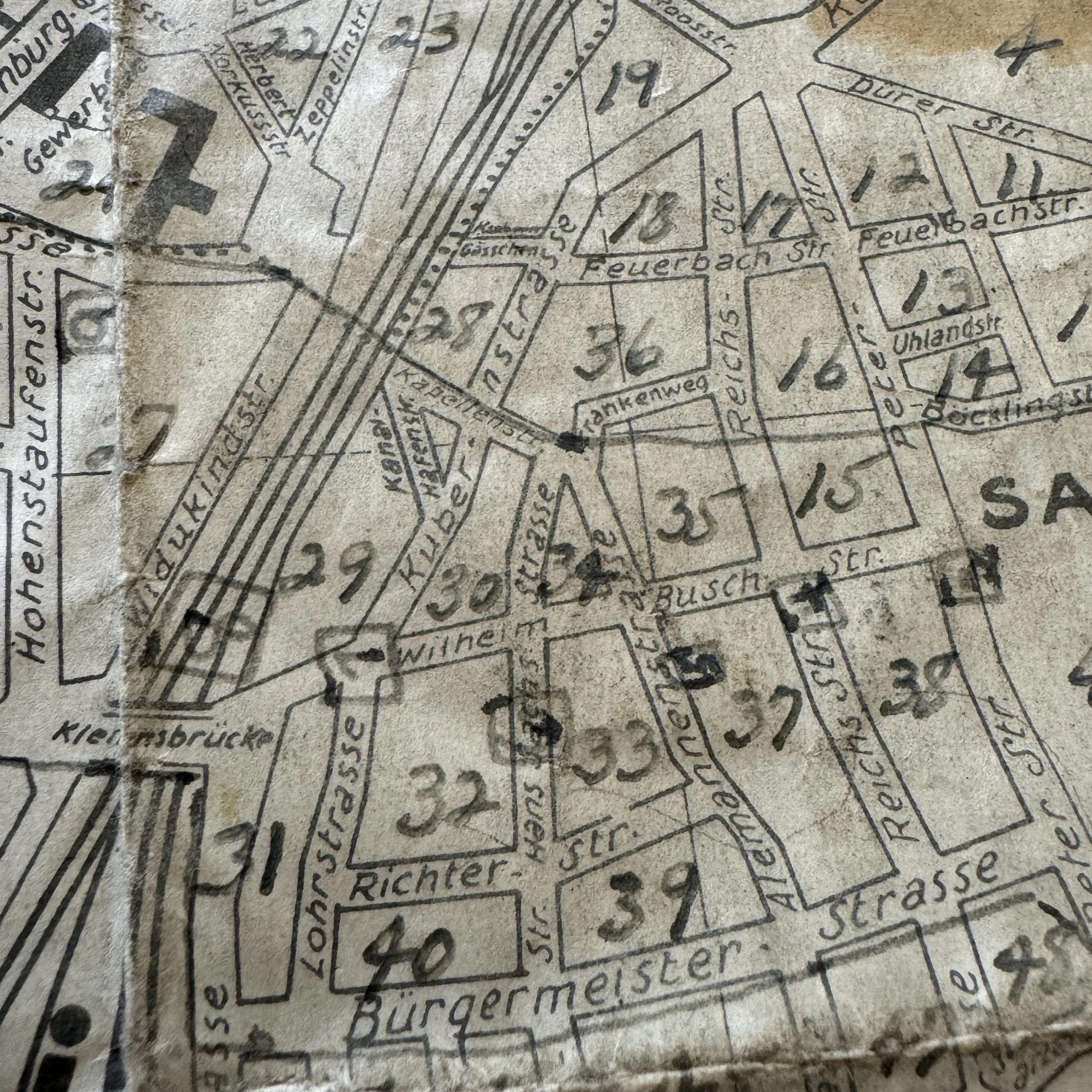

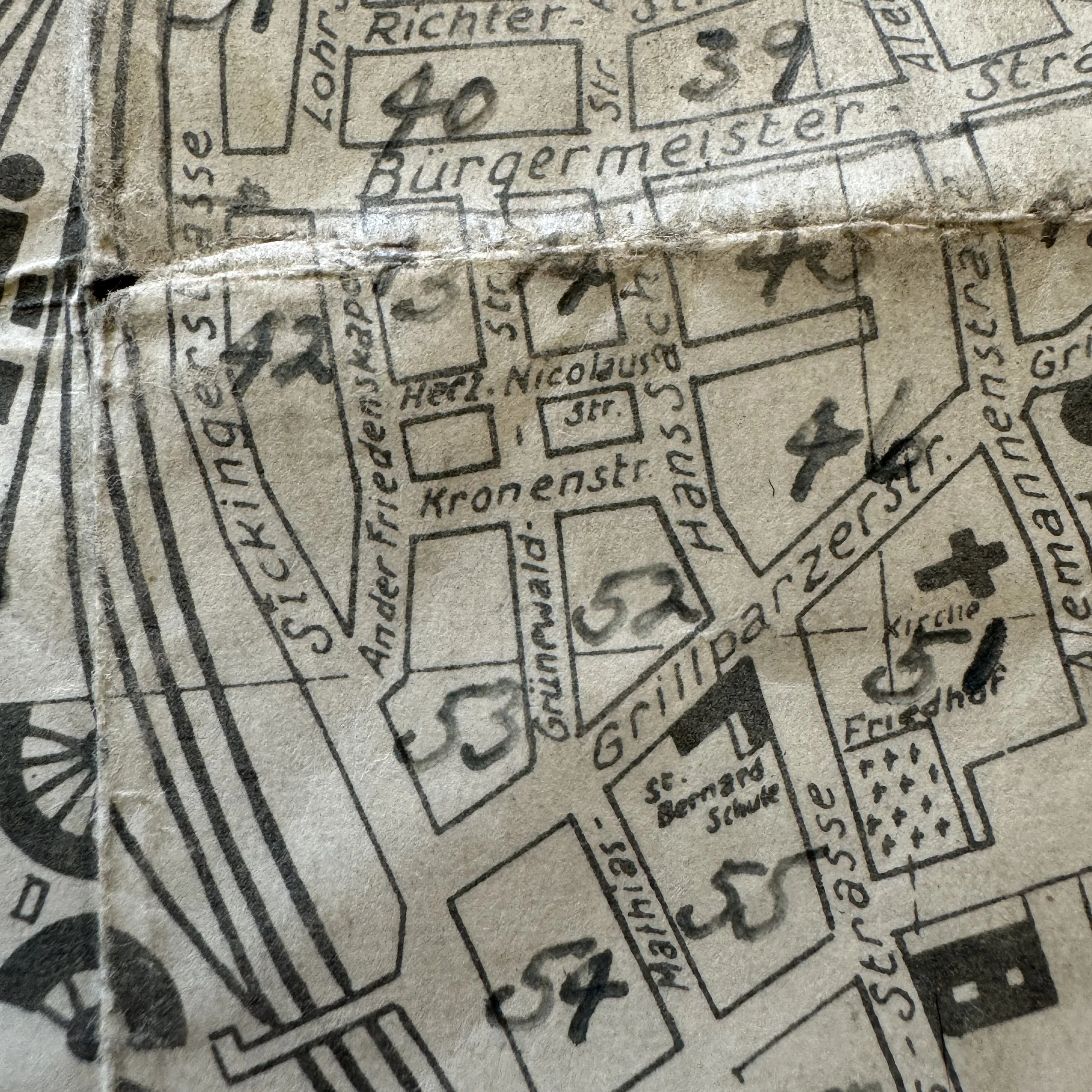
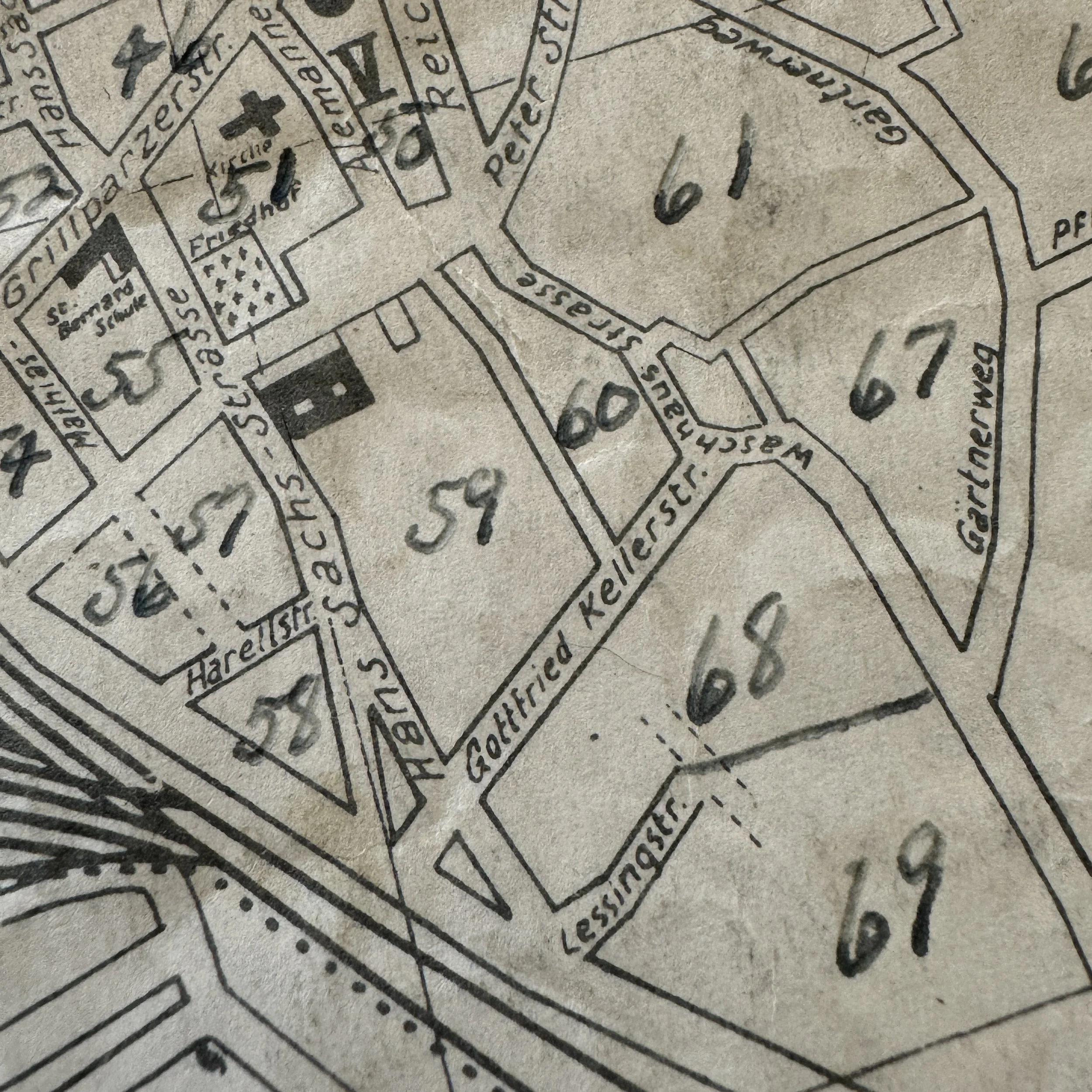
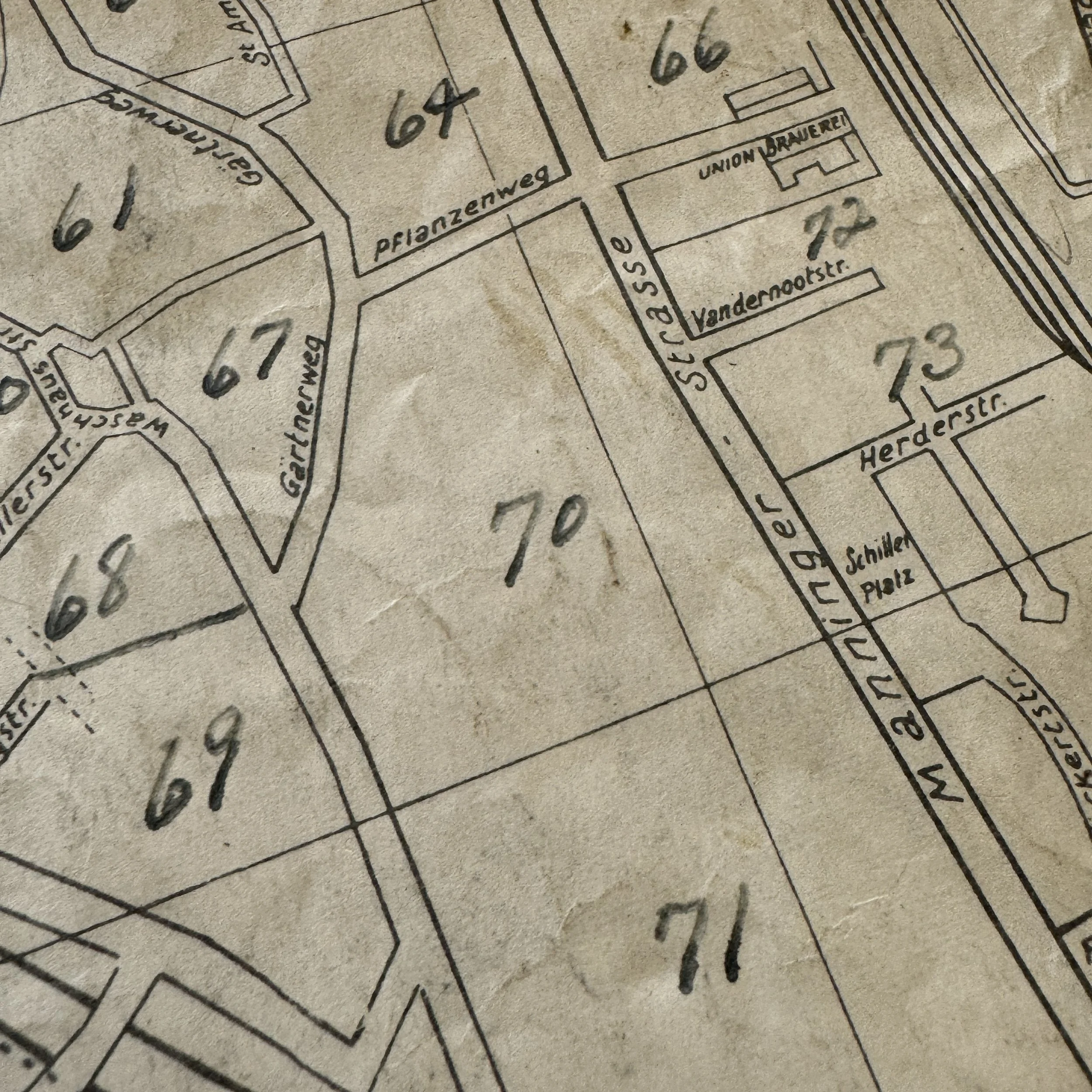
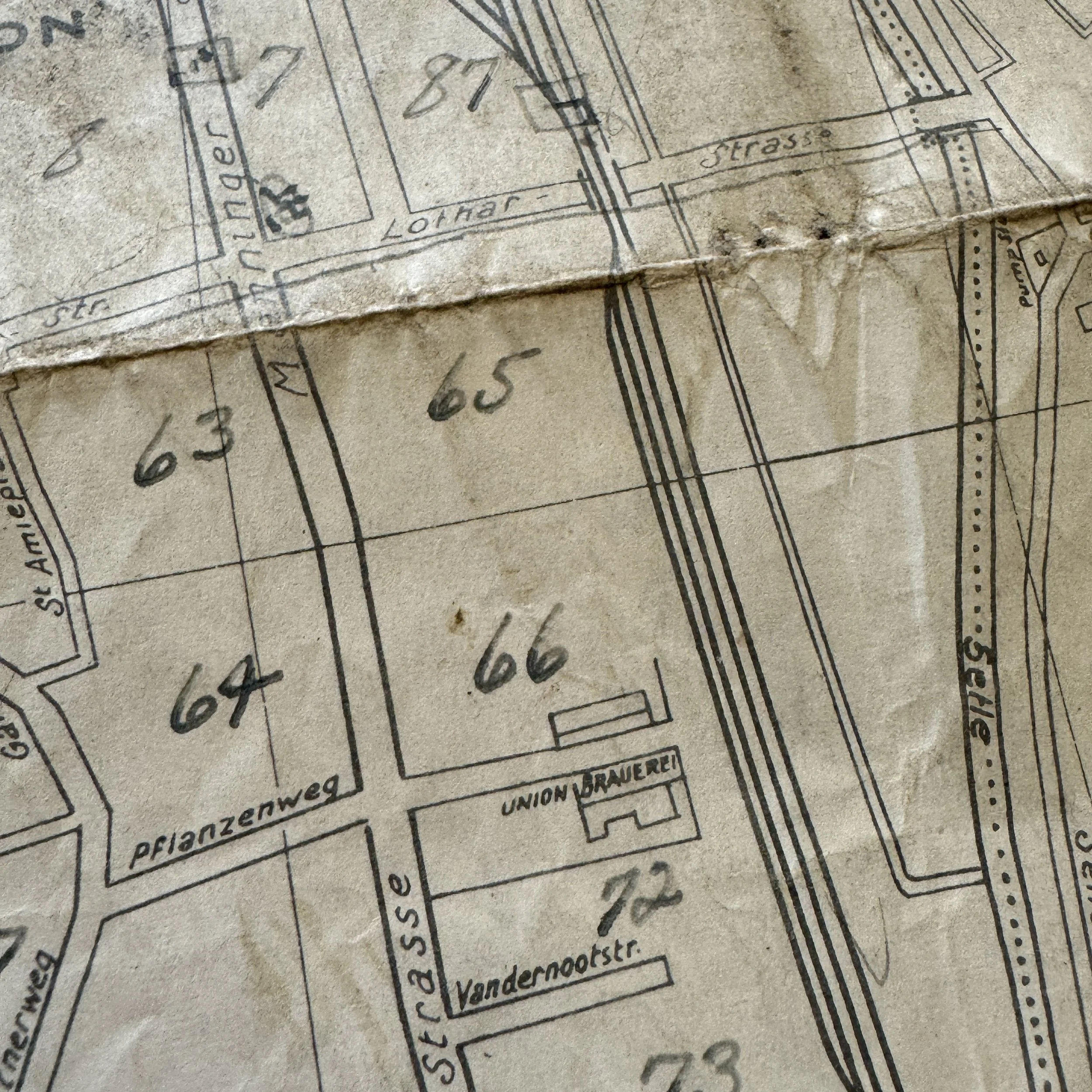
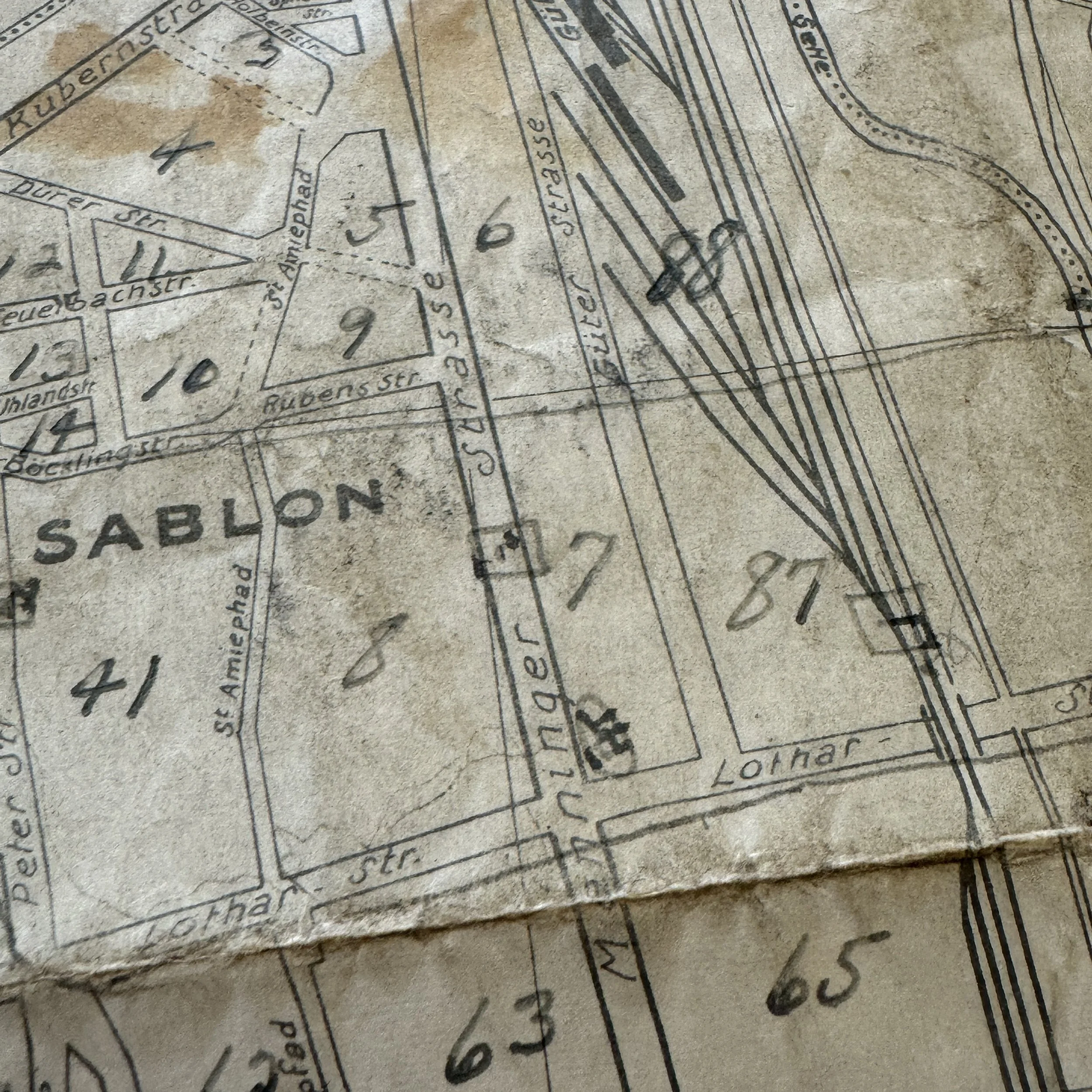

VERY RARE! WWII 1944 "Battle of Metz" 95th Infantry Division Specially Produced Combat Marked Assault Map (Double-Sided)
Comes with a hand-signed C.O.A
*Most notably, Staff Sergeant Andrew Miller of the 95th Infantry Division received the Medal of Honor for extraordinary heroism during the Metz campaign. Leading his squad through withering enemy fire, Miller captured multiple German MG positions and took several enemy soldiers prisoner, embodying the spirit of the “Iron Men of Metz.”
Size: 20 × 22.5 inches
This exceptionally rare, museum-grade World War II artifact is an original combat assault map used by the 95th Infantry Division during the Lorraine Campaign, which lasted from September through mid-December 1944. Heavily utilized during the intense and grueling Battle of Metz, this map witnessed one of the most hard-fought confrontations between General George S. Patton’s U.S. Third Army and General Otto von Knobelsdorff’s German forces. During this campaign, the 95th Infantry Division’s unyielding defense and offense earned them the enduring nickname: “Iron Men of Metz.”
What sets this 95th Infantry Division combat map apart as a true rarity is its double-sided design with hand-marked combat annotations used by the 95th Infantry Division soldiers as they conducted house-to-house searches and attacked German fortifications in the city.
One side contains an exceptionally detailed PHOTOMAP of Metz, meticulously compiled by the 95th Infantry Division’s photo intelligence team. The reverse side features a strategic hand-drawn sketch overlay, precisely aligned with the photomap, designed to aid soldiers in identifying key objectives, enemy fortifications, and the intricate network of tunnels and entrenchments used by the German defenders.
Historical Context: The Battle for Metz
The city of Metz, a heavily fortified German stronghold, posed one of the most formidable challenges for U.S. forces in Europe. The initial assault by the 95th Infantry Division to capture a northern bridgehead was fiercely repelled by the entrenched German army. A series of attacks followed, including the eventual seizure of a southern bridgehead across the Moselle River.
Throughout October and early November, the 95th faced relentless resistance, engaging in aggressive patrolling and targeted assaults while the XX Corps experimented with innovative siege tactics. A pivotal offensive launched on 3 November successfully breached Metz’s outer defenses. On 14 November, German command was transferred to Generalleutnant Heinrich Kittel, but by 17 November, U.S. forces had isolated key forts and advanced into the city.
The city of Metz was officially captured on 18 November, and Kittel himself was wounded and captured by 21 November. While the urban combat ended, the heavily fortified forts continued to resist, one by one surrendering, culminating with the fall of Fort Jeanne d’Arc on 13 December 1944.
The Iron Men of Metz
The 95th Infantry Division was deployed into combat on 19 October, entering the Moselle bridgehead sector east of the river and south of Metz. Engaged in both offensive and defensive operations—including the defense of Cheminot, and later, the reduction of German positions at Maizières-lès-Metz—the division’s relentless fighting spirit became legendary. Despite fortified resistance, they pressed forward, capturing the key forts and finally liberating Metz by 22 November.
FULL HISTORY: The Victory Division at Metz: The 95th Infantry Division’s Fierce Battle for a Fortress City in World War II
The 95th Infantry Division, famously nicknamed the “Victory Division,” played a pivotal role during the Second World War, most notably during the Allied campaign to liberate the city of Metz, France. Formed during World War I but never deployed overseas during that conflict, the division was reactivated in July 1942 at Camp Swift, Texas. Its World War II service would distinguish it as one of the most effective American infantry divisions in the European Theater. Comprised of the 377th, 378th, and 379th Infantry Regiments, along with supporting artillery and engineer units, the 95th was placed under the command of Major General Harry L. Twaddle, whose leadership would become instrumental in guiding the division through some of the most grueling urban warfare encountered by American forces during the war.
The 95th Infantry Division landed in Europe in September 1944, entering combat in early October as part of General George S. Patton’s Third Army. By this time, the Allies were pushing eastward through France, attempting to breach Germany’s western defenses before the onset of winter. The heavily fortified city of Metz, located in northeastern France near the border with Germany, became a significant obstacle in this advance. Metz held immense strategic value: it was a traditional fortress city with a defensive lineage dating back centuries, reinforced with a ring of powerful forts and a garrison of experienced German troops. The city had changed hands multiple times in its history and, by 1944, was under the control of the German First Army under General Otto von Knobelsdorff. Hitler had declared Metz a "fortress city" to be held at all costs, understanding its symbolic and strategic importance.
The battle for Metz began in earnest in mid-October 1944, when the 95th Infantry Division was tasked with capturing the city as part of a broader pincer movement. The approach was complicated by the Moselle River and a chain of surrounding fortifications. American forces had to contend not only with entrenched German defenders but also with worsening weather, flooded terrain, and logistical difficulties that slowed supply and communication lines. The battle quickly became a test of endurance, courage, and tactical innovation. The 95th Infantry Division attacked from the north and east, encountering fierce resistance from the German 462nd Volks-Grenadier Division, which had been ordered to hold the city to the last man.
Combat around Metz was marked by a return to siege warfare in an era of mobile mechanized battles. The Germans had revitalized numerous old forts, including Fort Driant, Fort Jeanne d’Arc, and Fort Saint Privat, arming them with modern artillery and filling them with crack troops. The fighting around Fort Jeanne d’Arc was particularly intense, as it became the nerve center of German defenses. The American assault against these strongholds required painstaking infantry advances, artillery bombardments, and engineering efforts to clear minefields and breach defensive barriers. The 95th Infantry Division, facing well-prepared and deeply entrenched defenders, was forced into brutal house-to-house combat that resembled scenes from the First World War more than the mobile campaigns typical of the Western Front.
In early November, the division launched a renewed offensive across the Moselle River under withering fire. They crossed the river under adverse conditions, establishing a tenuous foothold on the far bank, often fighting in knee-deep mud and under constant artillery shelling. Despite these obstacles, the 95th pushed forward with tenacity. One of the turning points in the battle was the capture of Fort de Belle-Croix and Fort Saint Julien, key positions that opened the path toward the heart of Metz. The soldiers of the 95th earned a reputation for resilience and bravery, and their relentless pressure gradually wore down the German defenses. Each advance was hard-won, with casualties mounting as the division engaged in bitter street fighting throughout the city and its surrounding fortifications.
The final stages of the battle for Metz came in mid-November 1944, when the 95th succeeded in entering the city itself after weeks of encirclement and attritional fighting. The German defenders, depleted and demoralized, began to surrender in large numbers. On November 22, after almost two months of sustained combat, Metz officially fell to the Allies. The 95th Infantry Division’s victory was a significant achievement—it marked the first time since 451 A.D. that the fortress city of Metz had fallen to an attacking army. The success bolstered American morale and cleared the way for further advances toward the Saar region and the German border.
The campaign to take Metz highlighted the adaptability and determination of American forces, especially those of the 95th Infantry Division. The division had fought against a skilled and fanatical enemy, often in terrain that heavily favored the defender. Their performance in Metz earned them respect not only from the Allied command but also from their adversaries. German Generalleutnant Heinrich Kittel, who was captured during the fighting, reportedly expressed admiration for the bravery and efficiency of the 95th Division soldiers. After Metz, the division continued its advance into Germany, participating in operations across the Saar and later in the Ruhr Pocket, but it was the battle for Metz that became the hallmark of their World War II service.
In retrospect, the 95th Infantry Division’s campaign at Metz stands as a testament to the grueling nature of urban combat and the difficulties of breaking through fortified positions without air superiority or overwhelming firepower. It was one of the rare occasions in the Western European campaign where the U.S. Army had to engage in a deliberate siege. The Victory Division, through perseverance and extraordinary effort, lived up to its name in the muddy fields and stone streets of Metz, earning a place among the most storied American divisions of the war.